
Deutsch-Chinesische Enzyklopädie, 德汉百科
 Valencian Community
Valencian Community
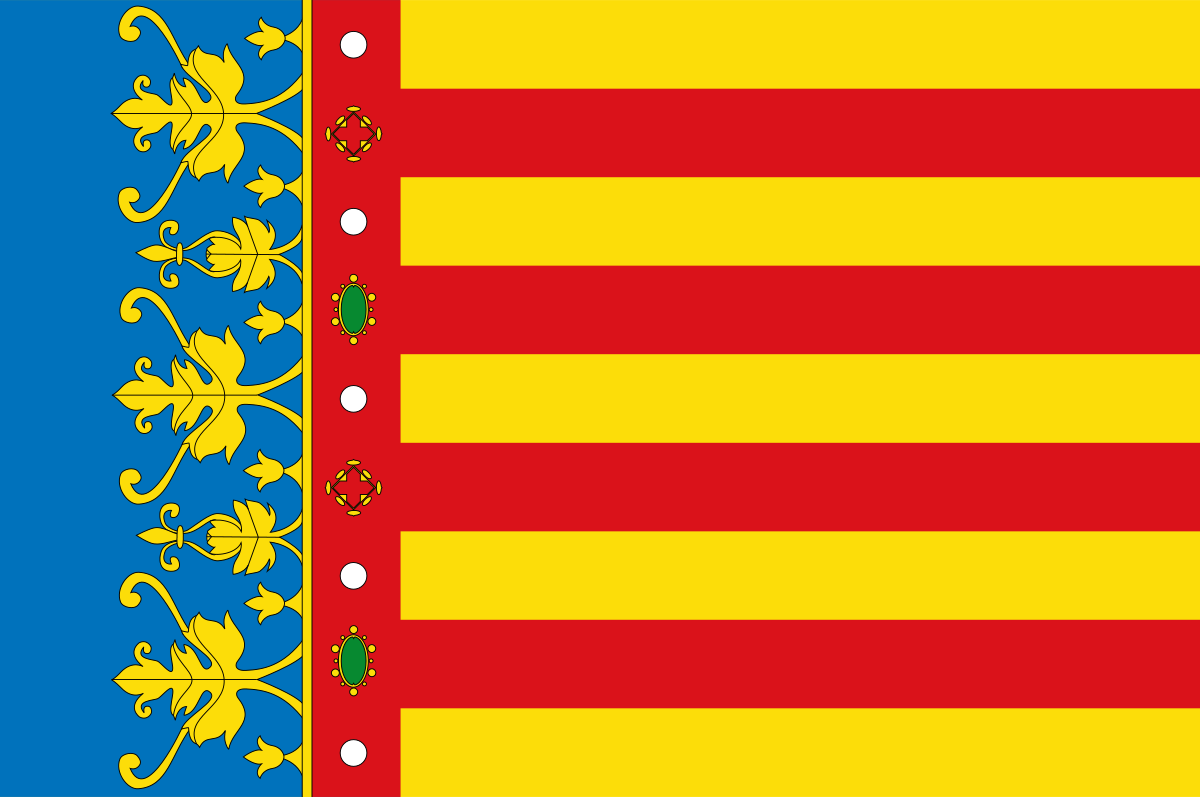
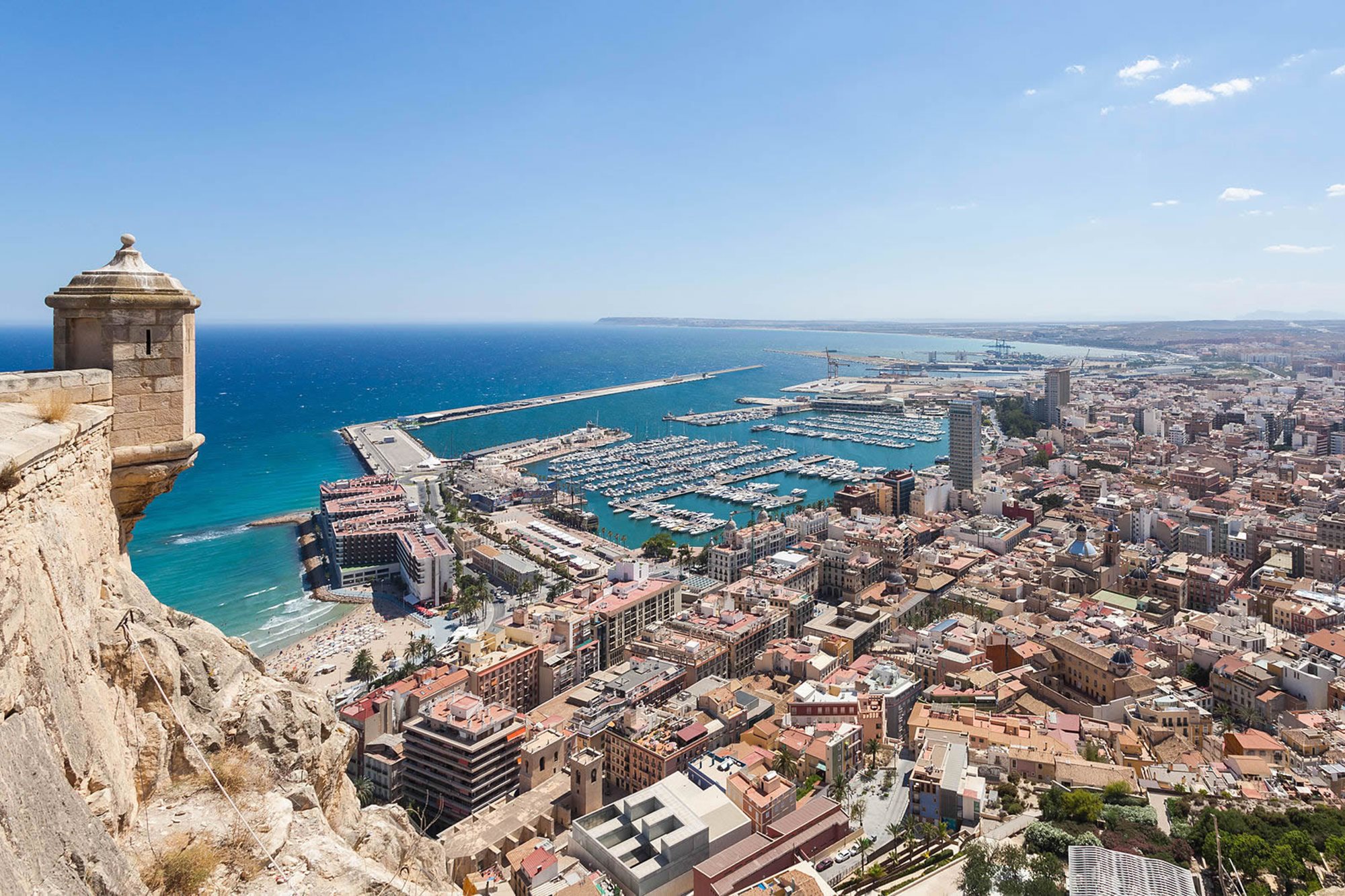

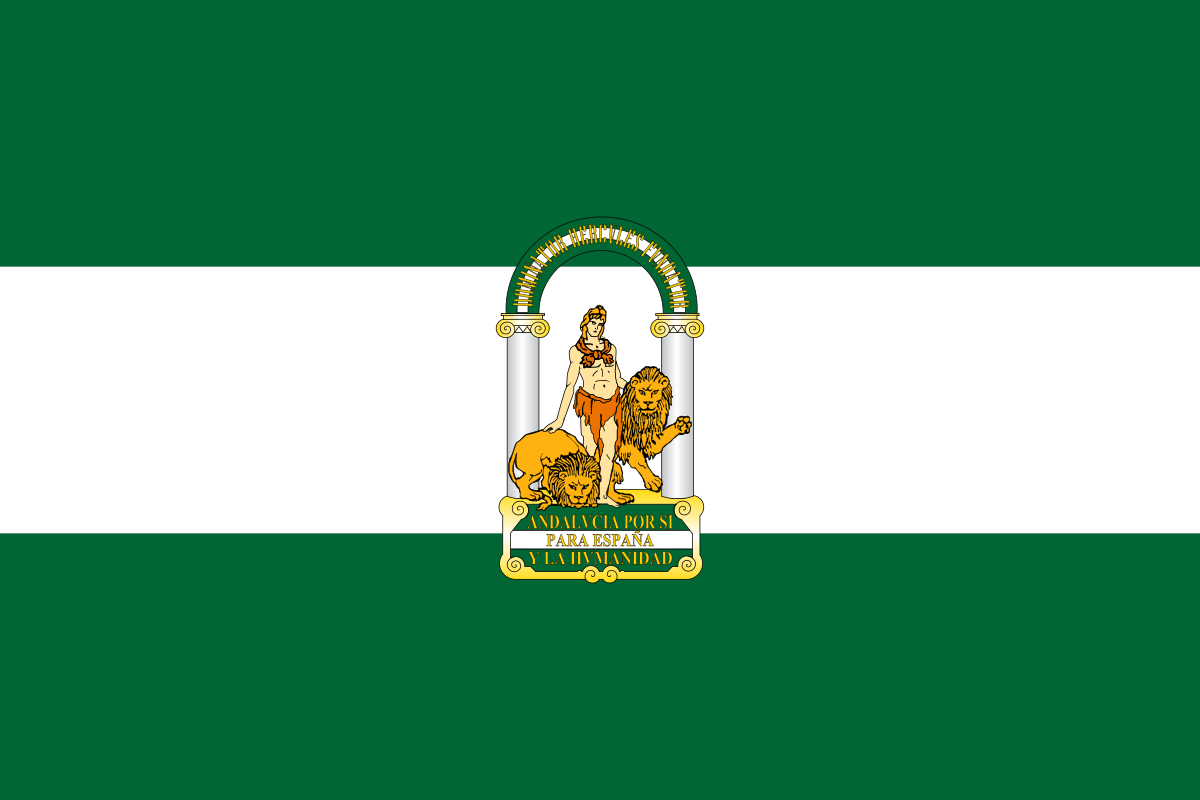 Andalusia
Andalusia

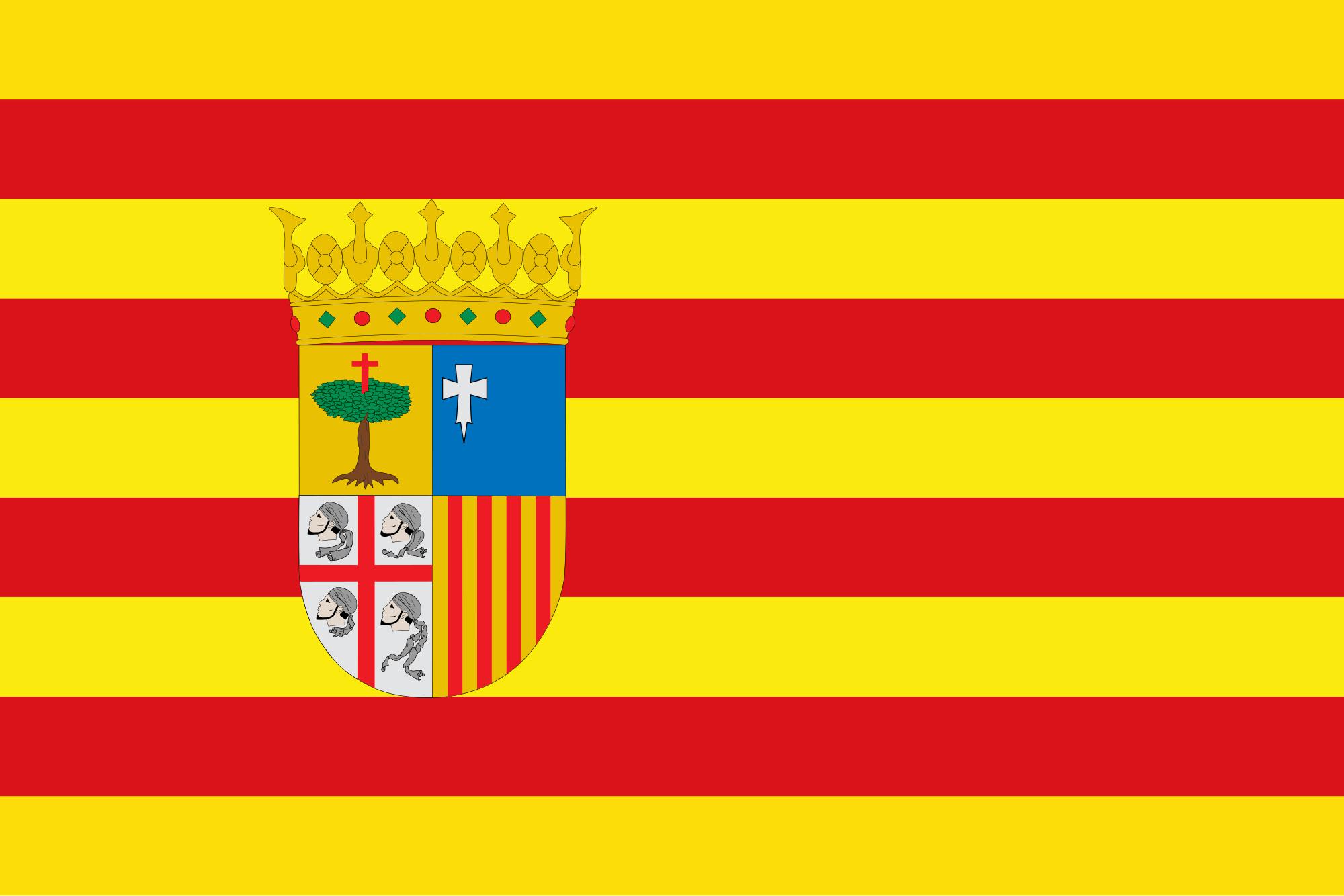 Aragón
Aragón

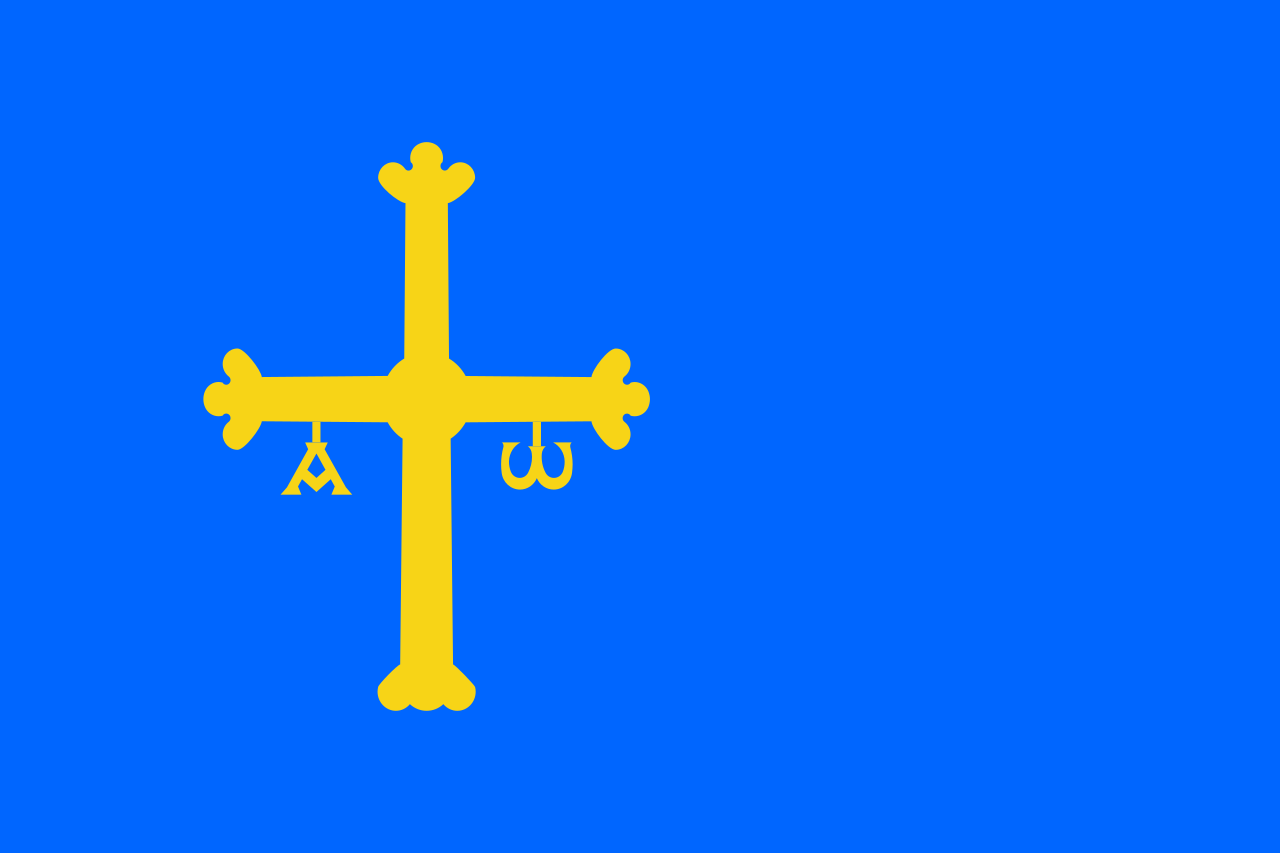 Asturias
Asturias

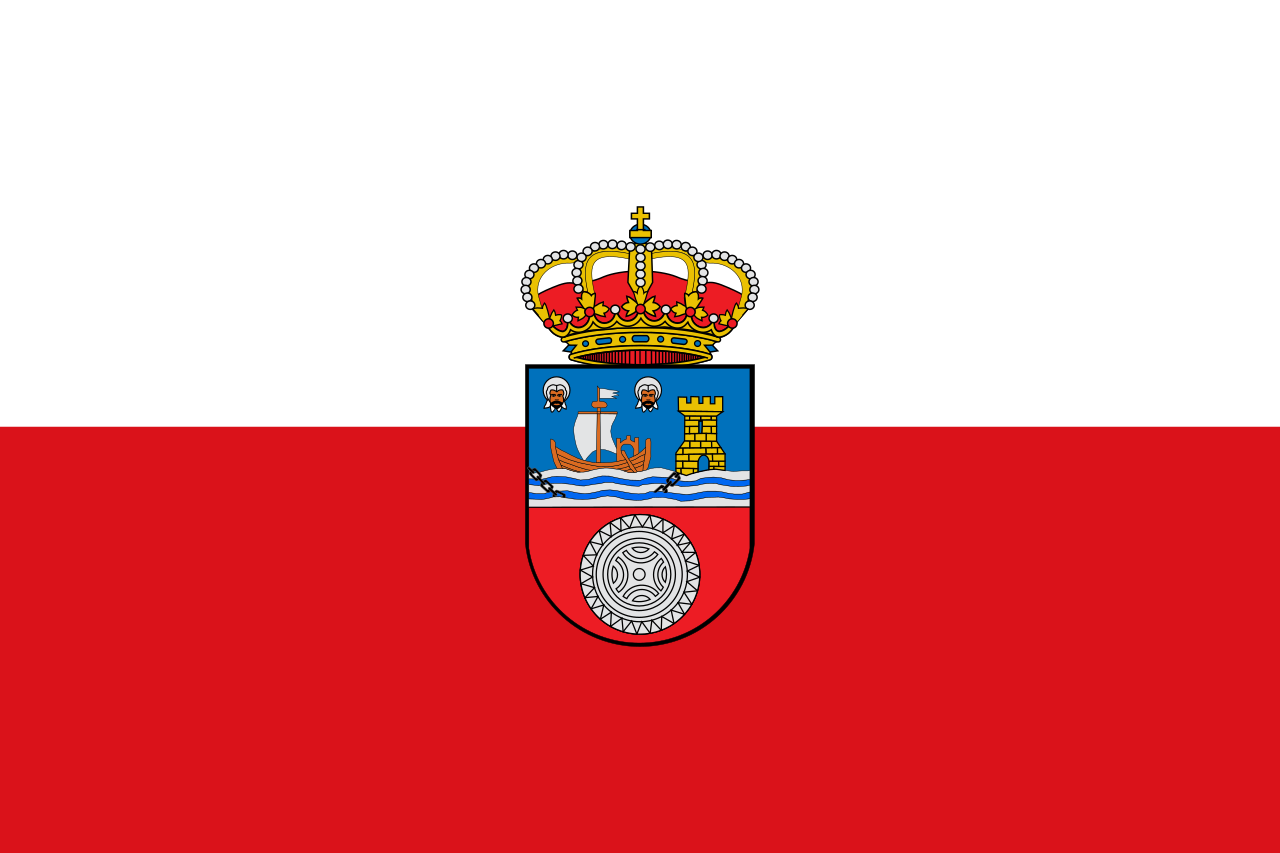 Cantabria
Cantabria

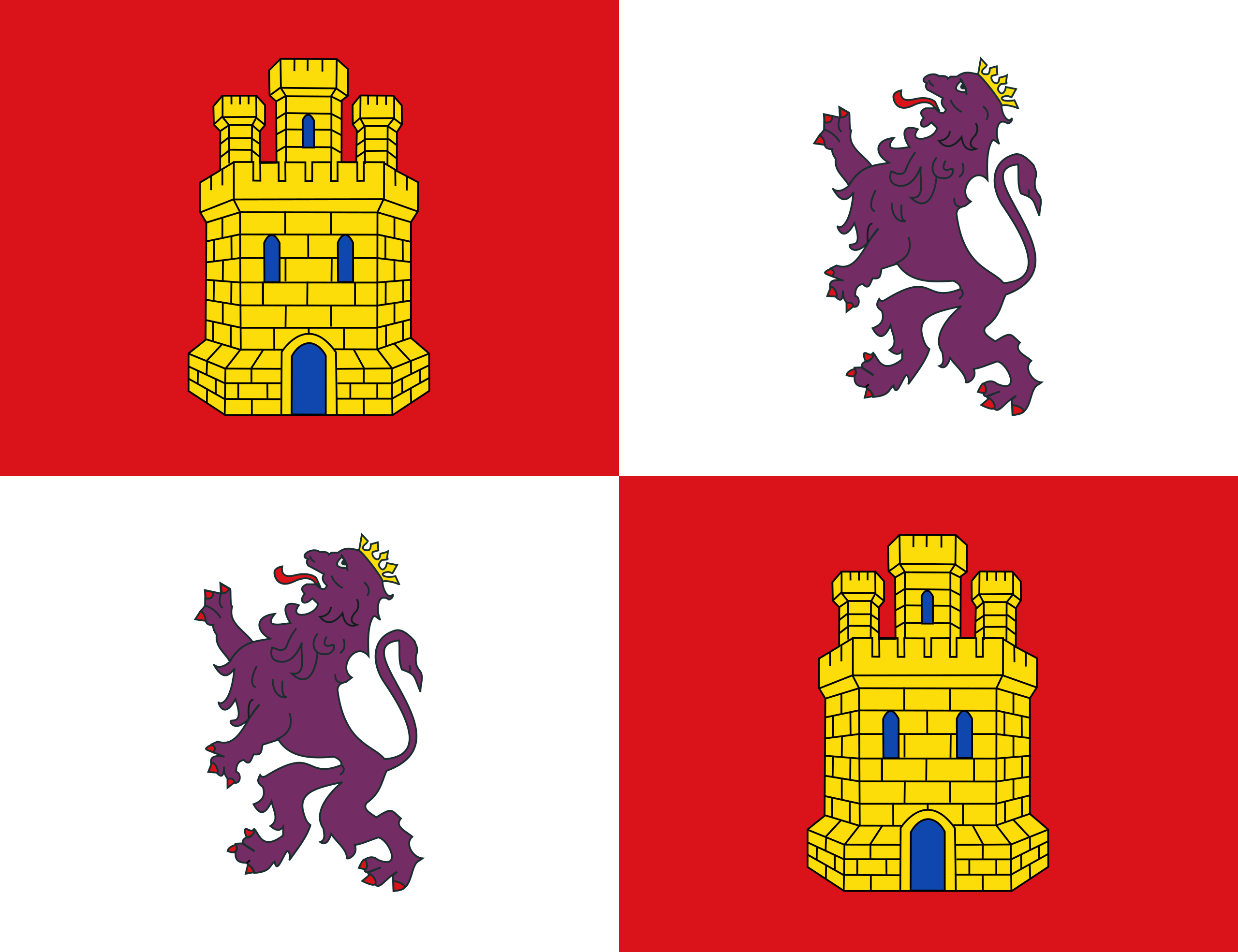 Castilla y León
Castilla y León

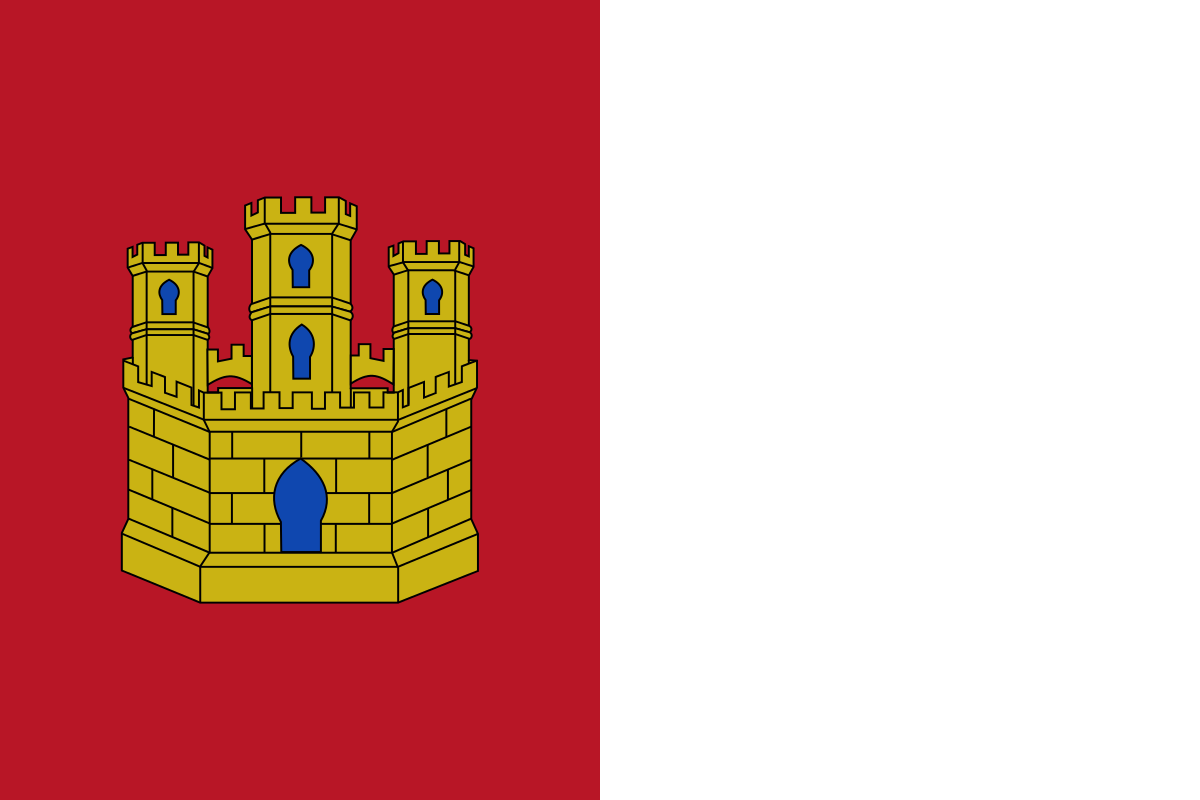 Castilla-La Mancha
Castilla-La Mancha

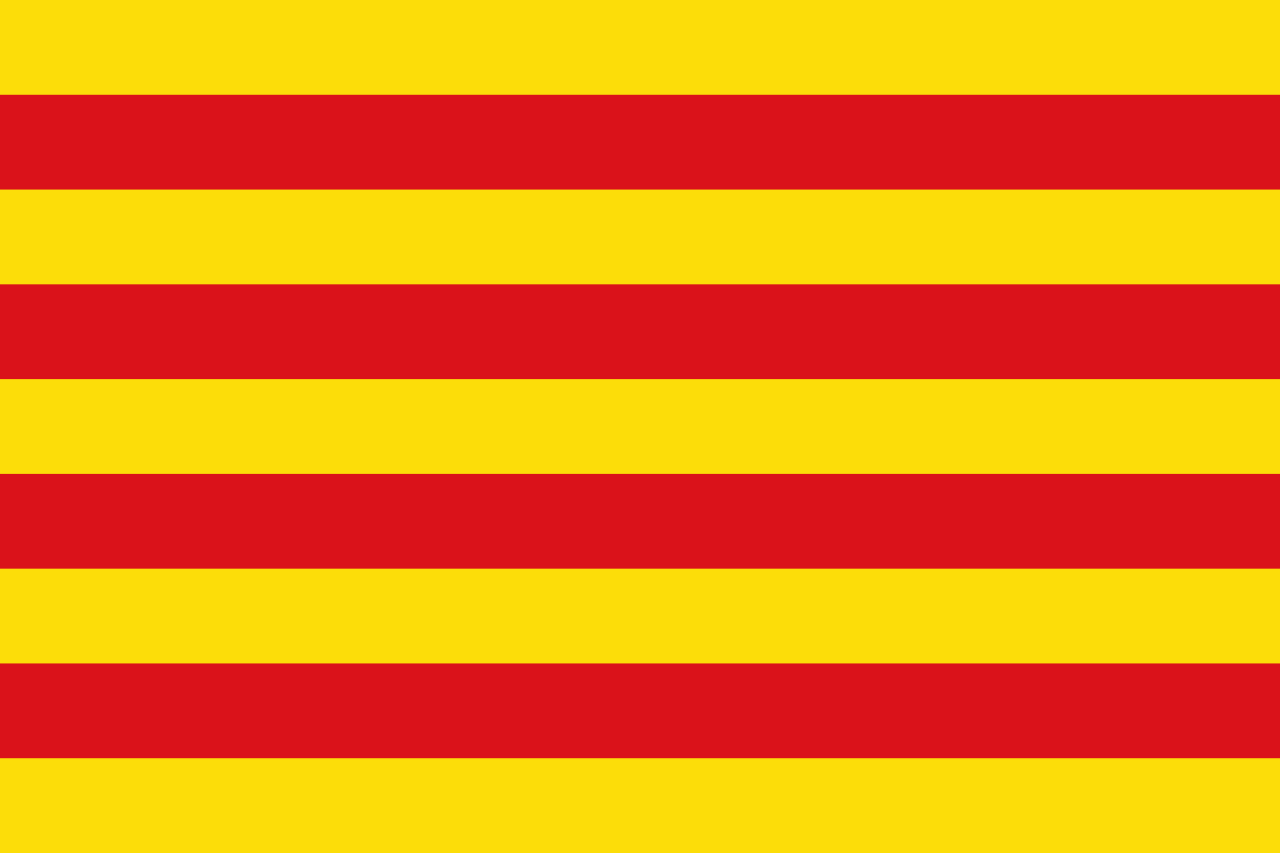 Cataluña
Cataluña

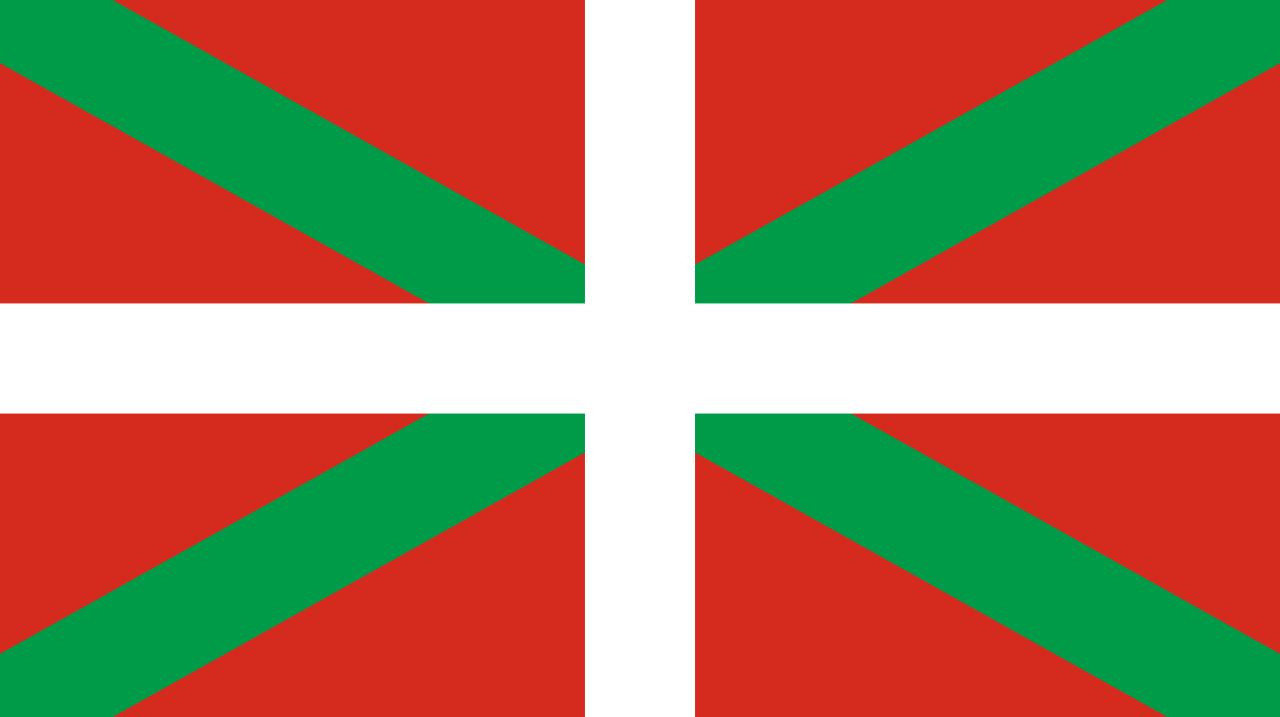 Comunidad Autónoma del País Vasco
Comunidad Autónoma del País Vasco

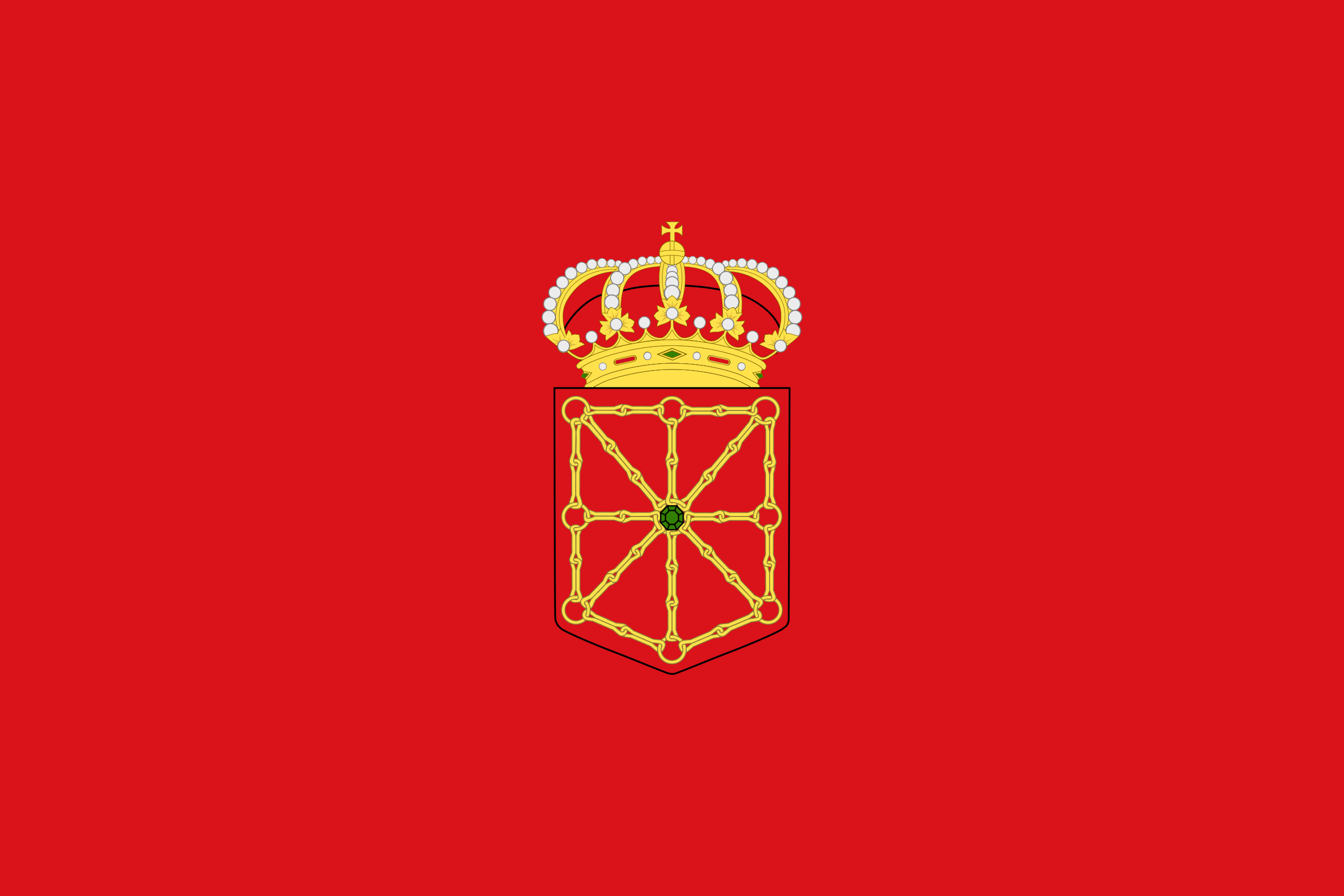 Foral Community of Navarra
Foral Community of Navarra

 Valencian Community
Valencian Community

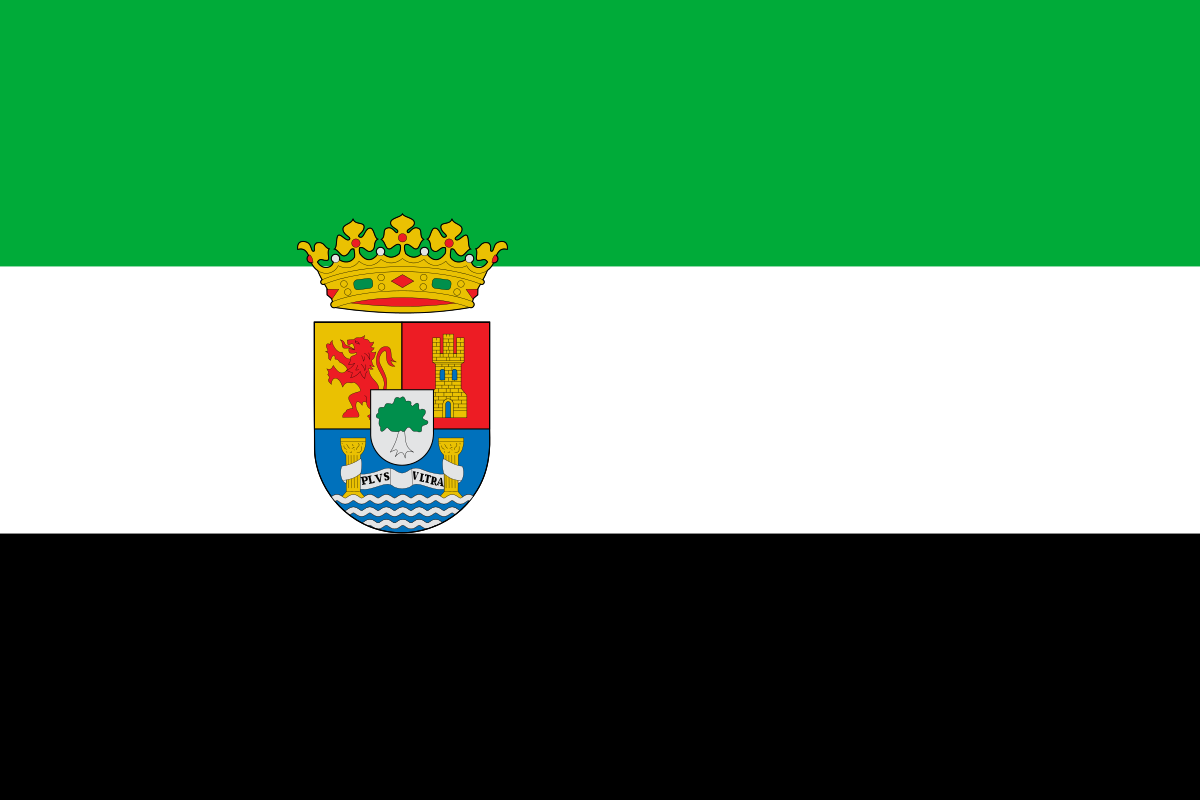 Extremadura
Extremadura

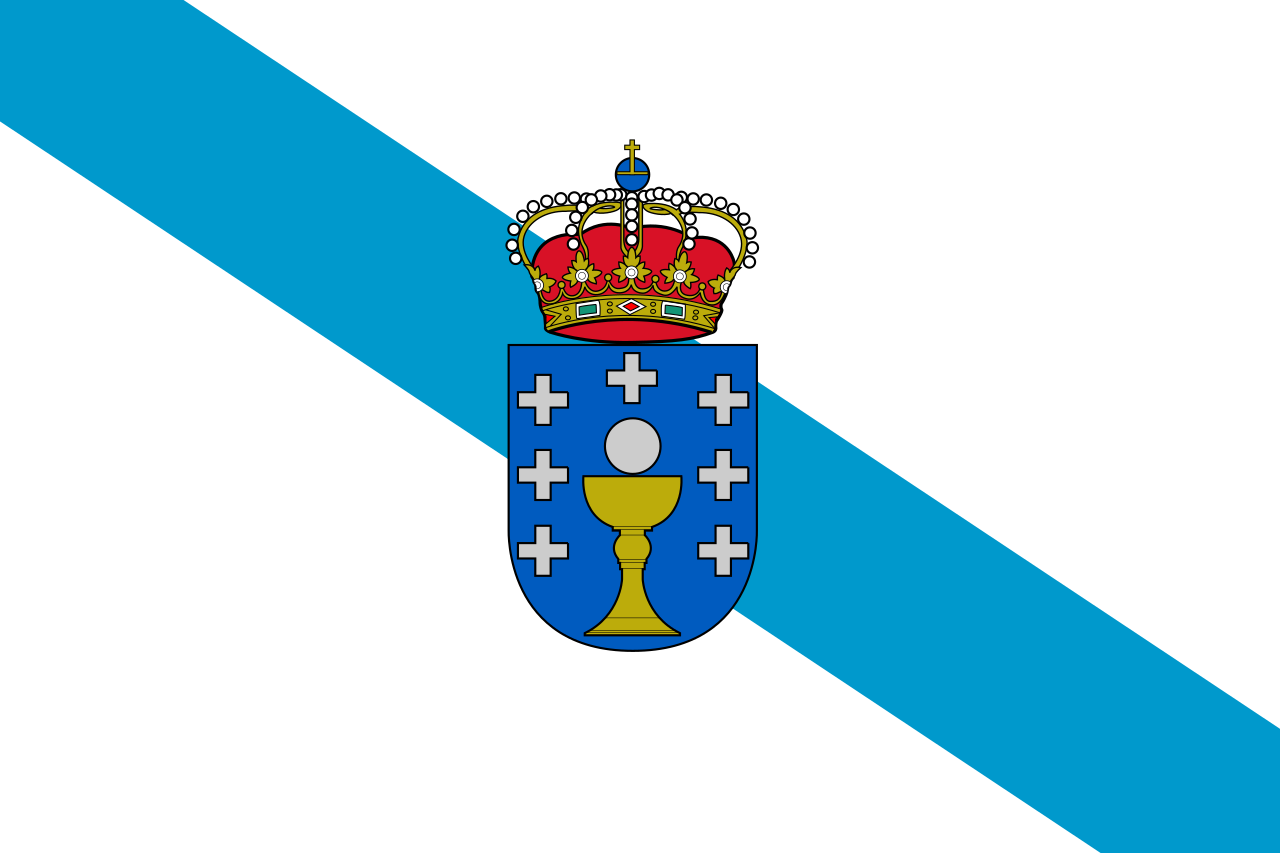 Galicia
Galicia

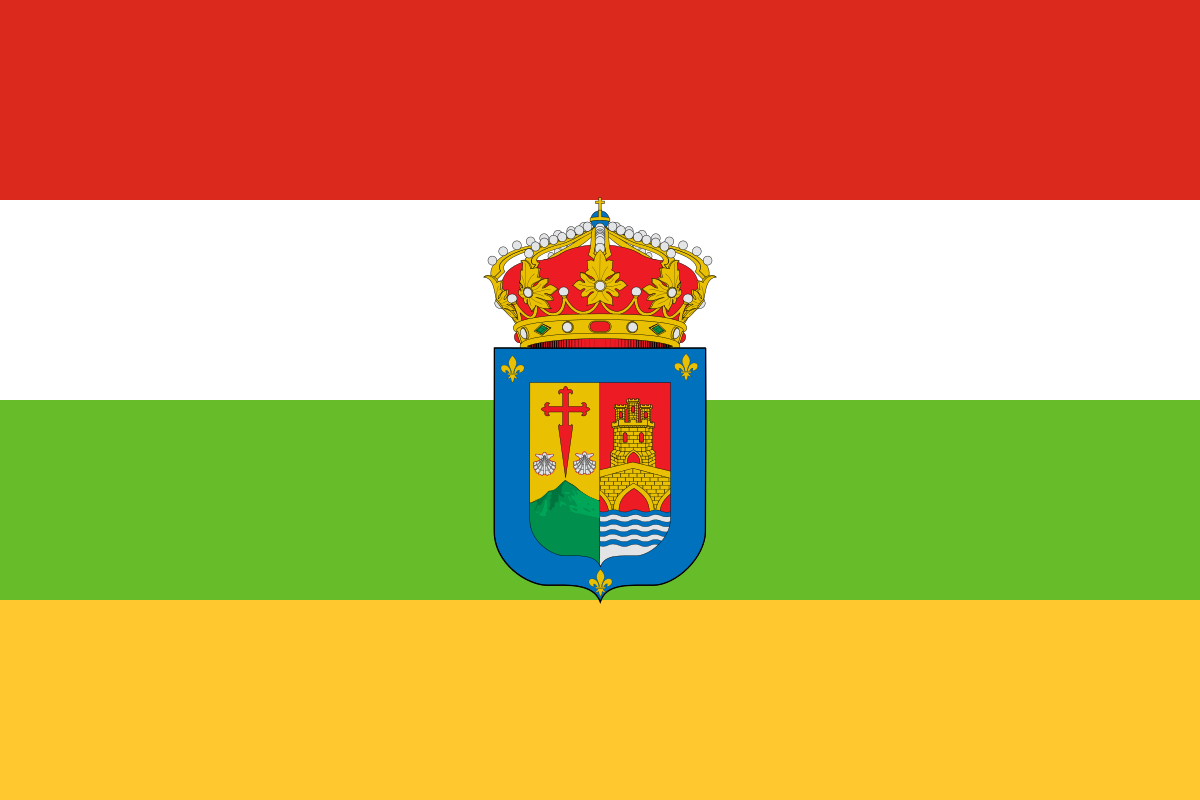 La Rioja
La Rioja

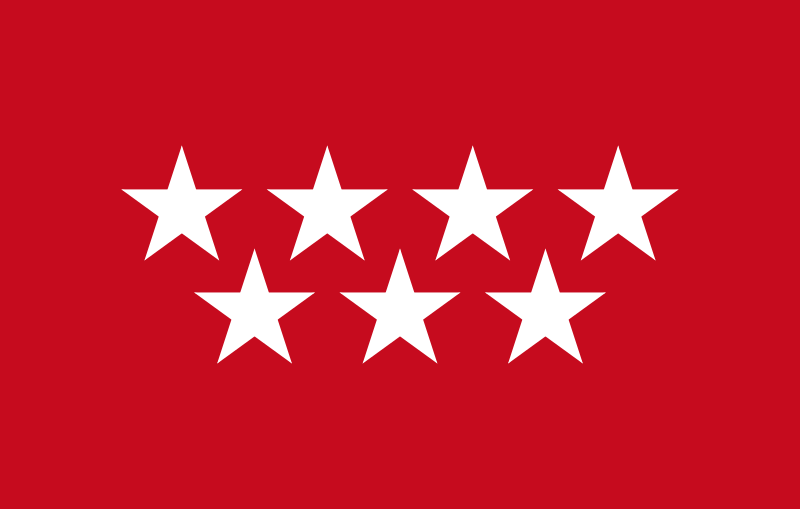 Madrid
Madrid

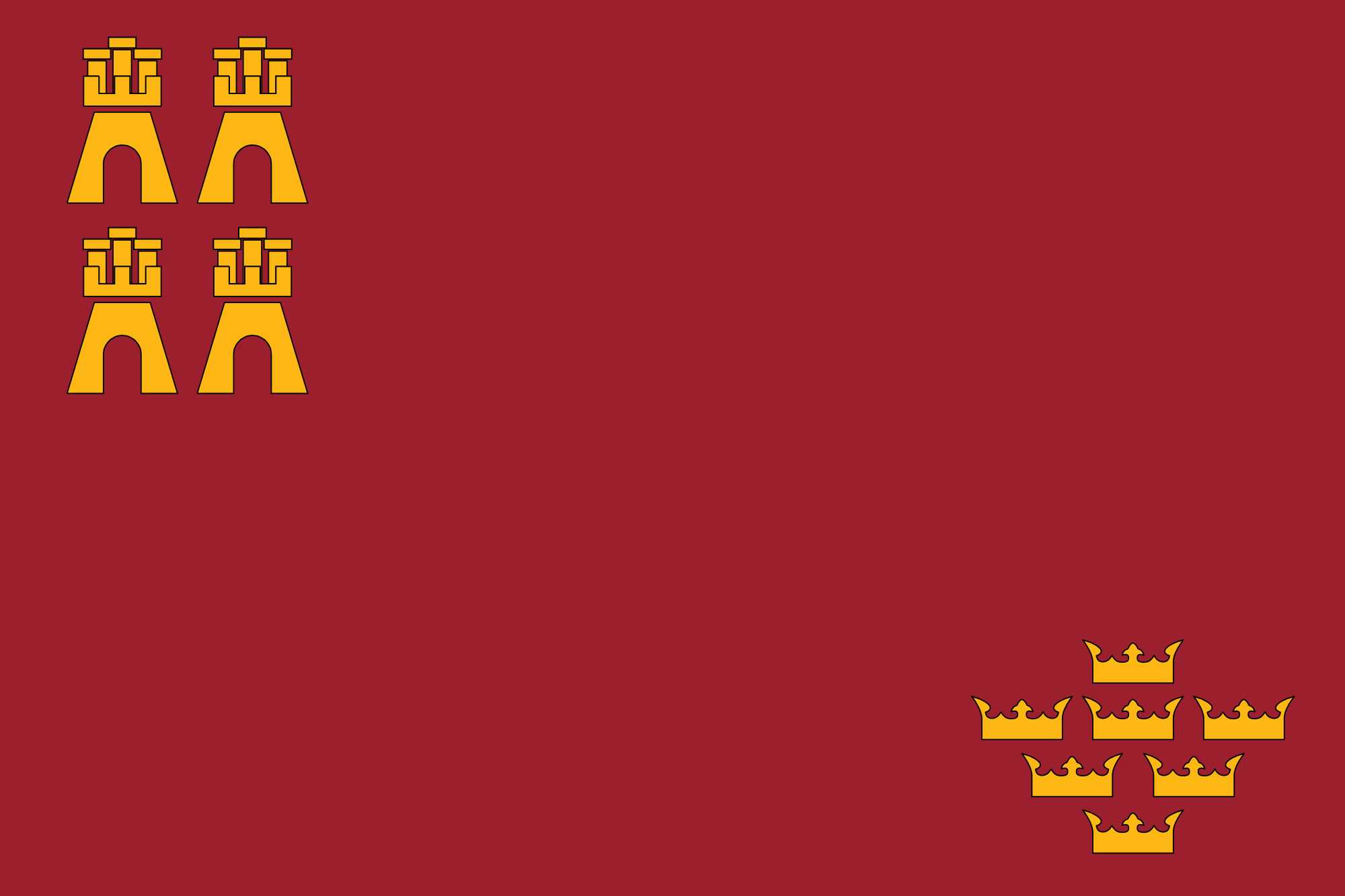 Murcia
Murcia
 Spain
Spain
 High speed train technology
High speed train technology
 Rad-Schiene-System
Rad-Schiene-System
 High speed train technology
High speed train technology
 Central drive
Central drive

 Transport and traffic
Transport and traffic
 High speed traffic
High speed traffic

 Transport and traffic
Transport and traffic
 High speed train technology
High speed train technology
 America´s Cup 2017
America´s Cup 2017
 Australia
Australia

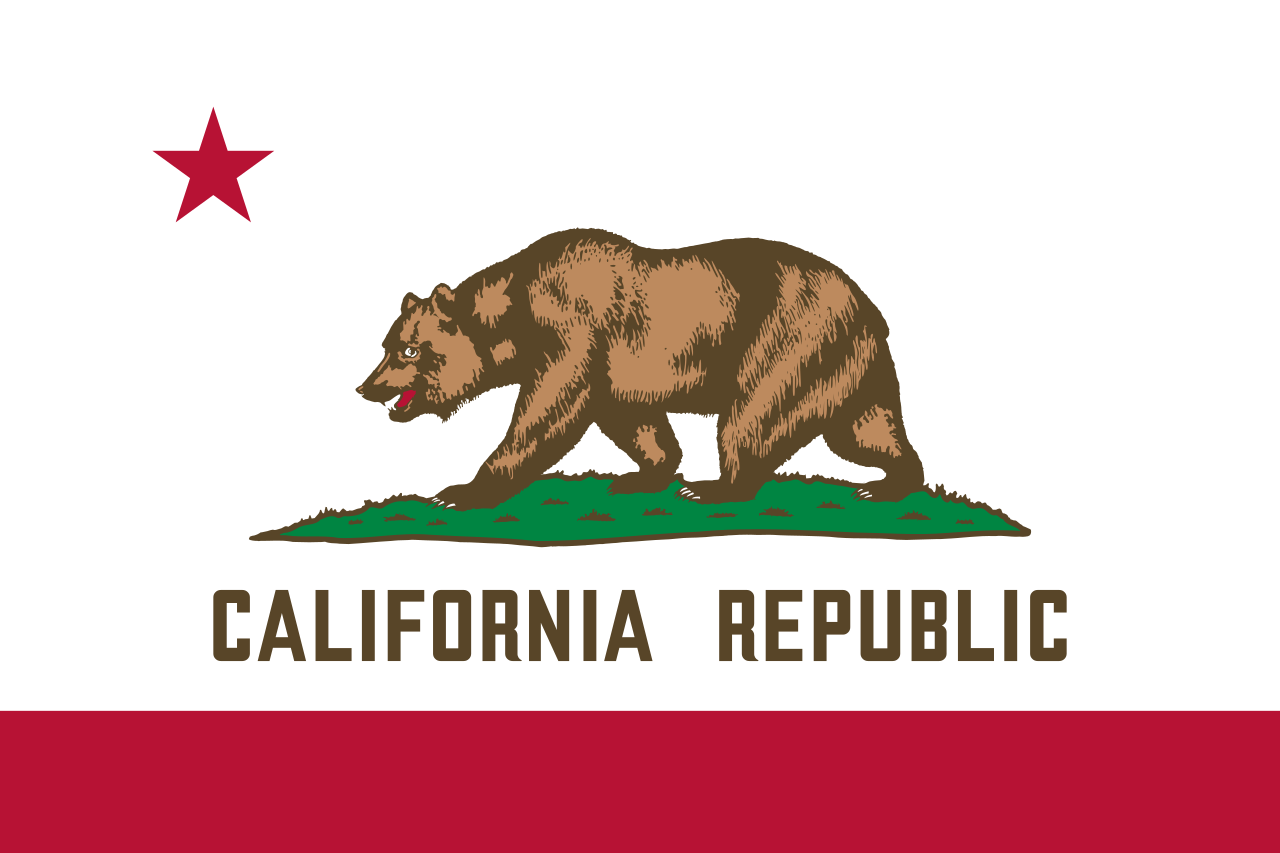 California-CA
California-CA
 China
China

 Valencian Community
Valencian Community
 England
England
 France
France
 Greece
Greece

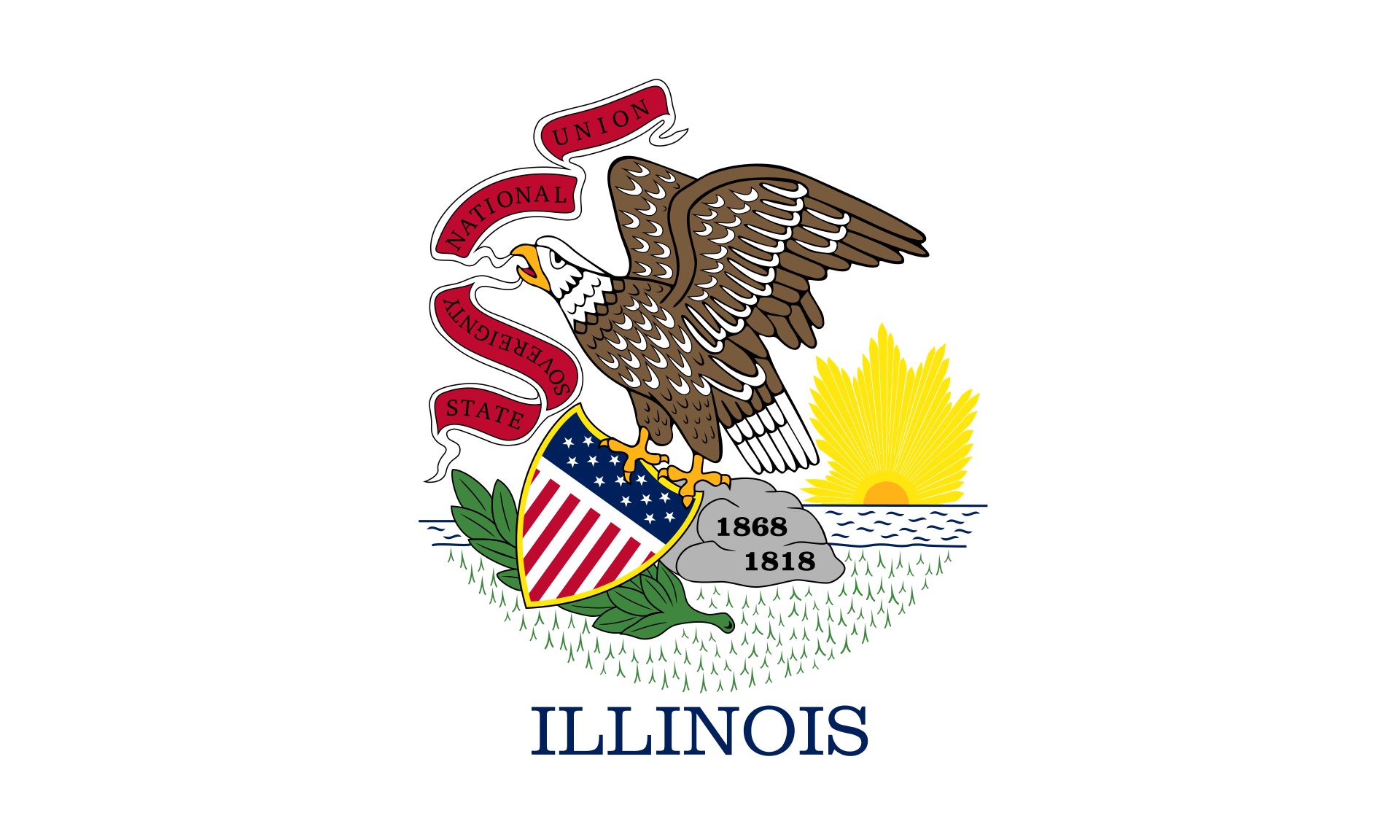 Illinois-IL
Illinois-IL
 Italy
Italy
 Japan
Japan
 Canada
Canada
 Kyūshū
Kyūshū
 New Zealand
New Zealand

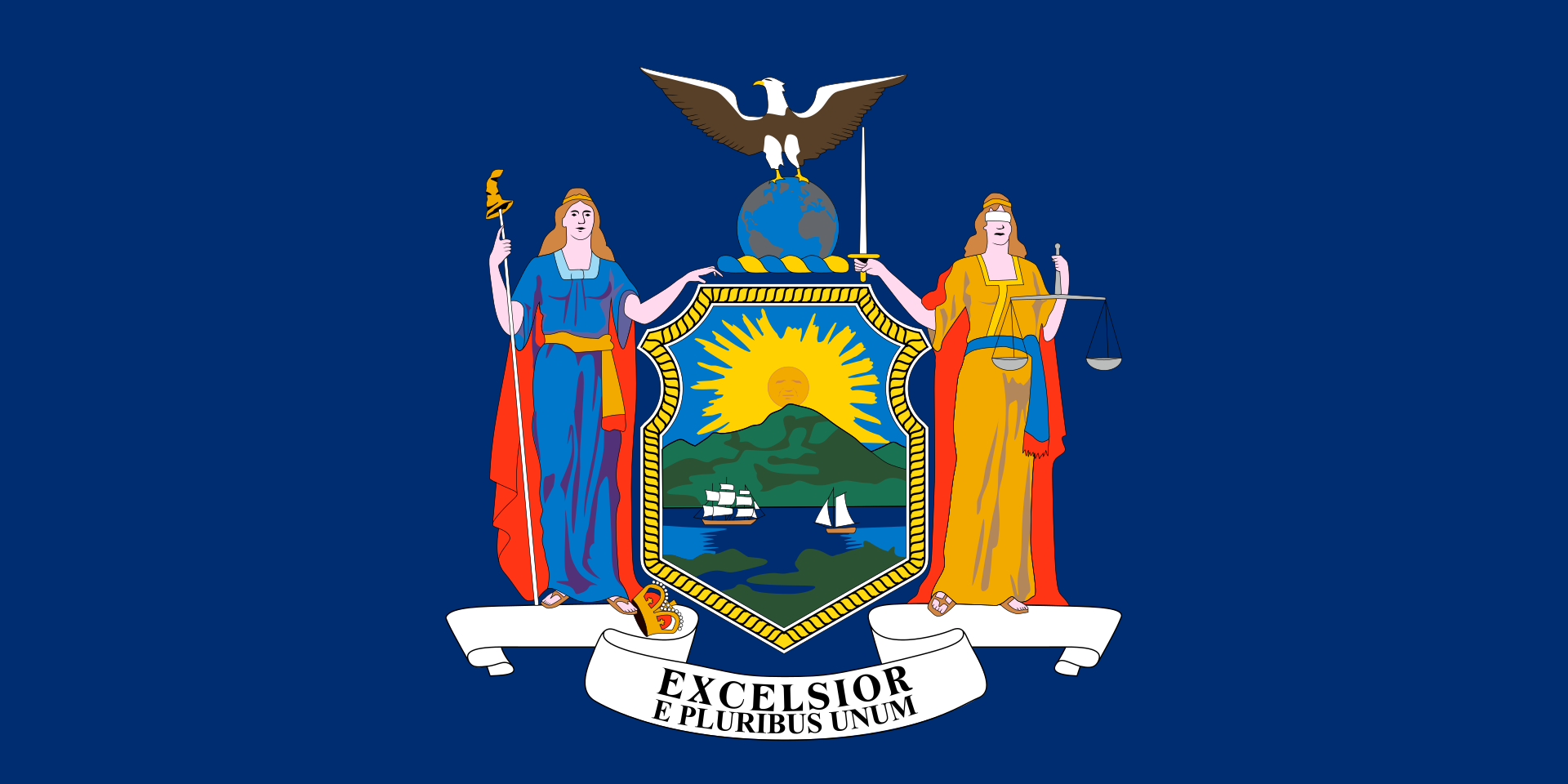 New York-NY
New York-NY
 Oman
Oman
 Austria
Austria

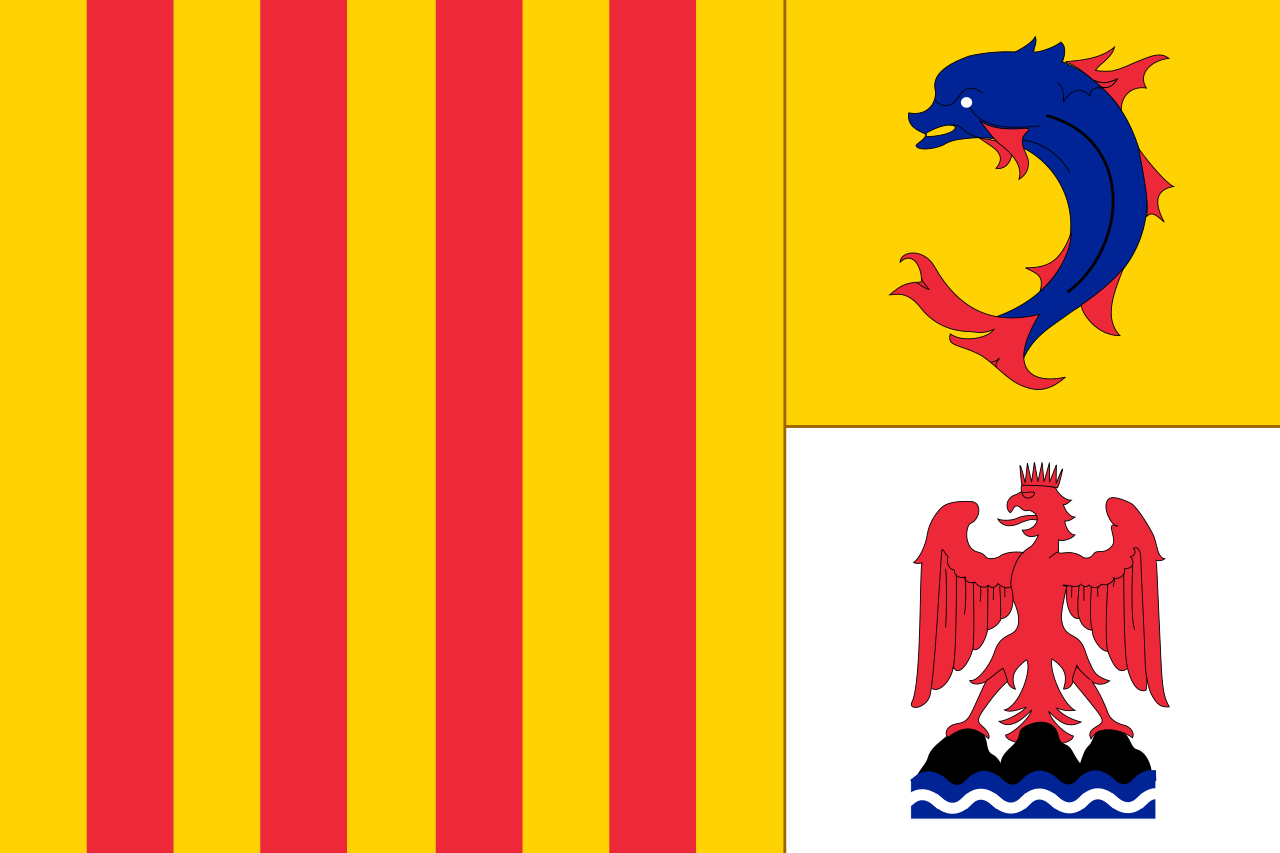 Provence-Alpes-Côte d´Azur
Provence-Alpes-Côte d´Azur
 Republic of Korea
Republic of Korea

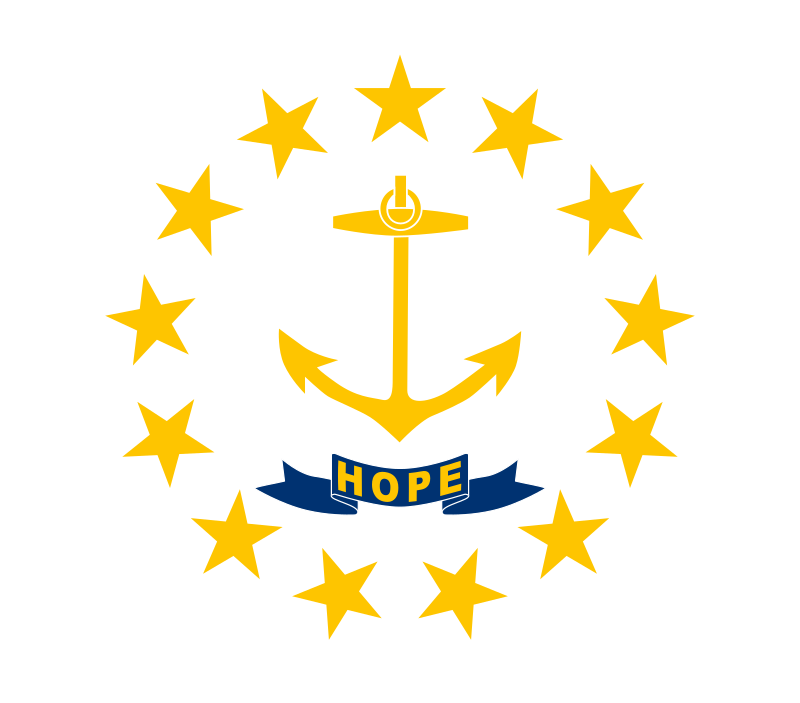 Rhode Island-RI
Rhode Island-RI
 Russia
Russia

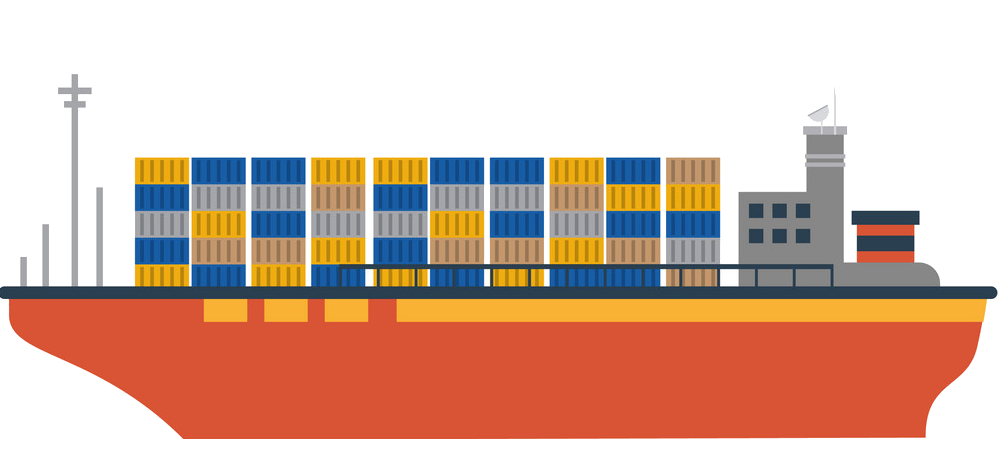 Ships and Nautics
Ships and Nautics
 Sweden
Sweden
 Spain
Spain

 Sport
Sport
 America´s Cup
America´s Cup
 United States
United States
 United Kingdom
United Kingdom
 United Kingdom
United Kingdom

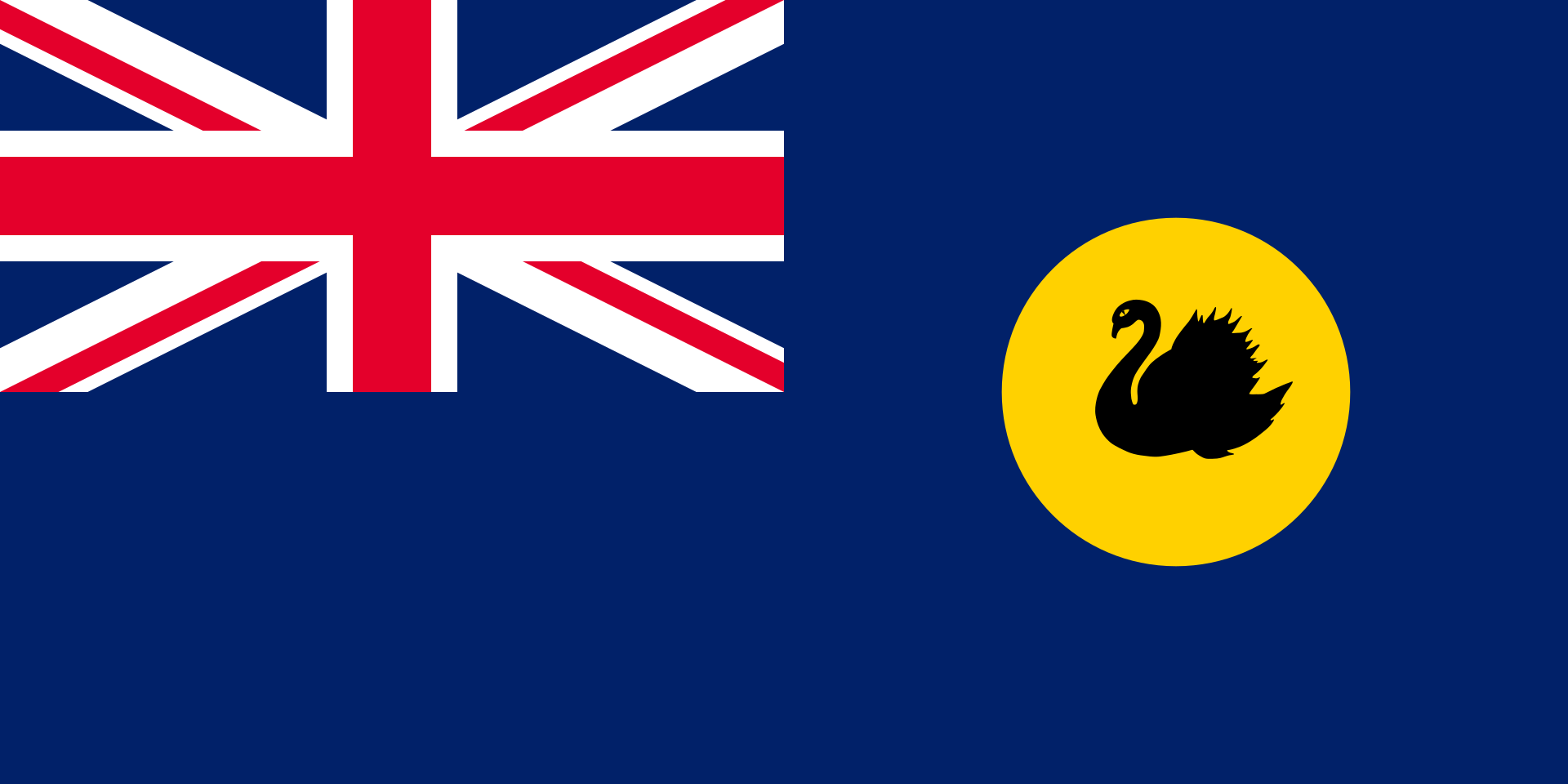 Western Australia-WA
Western Australia-WA

美洲杯帆船赛(英语:America's Cup)是赛艇运动中保存的最著名也是最古老的一项体育比赛。
比赛奖杯是银质大口水罐,奖励给来自不同国家的两艘帆船之间举行的九局五胜制比赛的胜者。两艘帆船中,一艘代表卫冕冠军游艇俱乐部,另一艘则代表俱乐部挑战奖杯。
美洲杯帆船赛源于1851年8月22日,一艘由代表纽约游艇俱乐部(New York Yacht Club,NYYC)的财团拥有的30.86米长纵帆船“美洲号”(America),同15艘代表皇家快艇舰队(Royal Yacht Squadron)的帆船在英国南部的怀特岛附近比赛。“美洲号”最终以领先20分钟胜出。拥有“美洲号”的财团后来将奖杯通过馈赠契约捐献给纽约游艇俱乐部。由此,奖杯被托管成为一项鼓励各国之间友谊竞赛的“挑战”奖品。
在当时公认无敌的英国海上霸权遭受如此打击后,一系列英国财团试图赢回奖杯。但纽约游艇俱乐部在超过132年的25次挑战中保持不败,成为体育运动史上最长的连胜纪录。1930年以前,这项赛事一直在纽约港附近举行,余下的NYYC全盛时期内则改在罗德岛的纽波特(Newport,Rhode Island)举行。
Der America’s Cup ist die älteste noch heute ausgetragene Segelregatta. Der Preis ist ein Wanderpokal und hat seinen Ursprung in einer Regatta rund um die britische Insel Isle of Wight im Jahre 1851.[1] Er ist benannt nach seiner erstmaligen Gewinnerin, der Yacht America des New York Yacht Club (NYYC).
Um den America’s Cup treten die Boote zweier Yachtclubs – Verteidiger und Herausforderer – in mehreren Wettfahrten gegeneinander an. Die Yacht, die eine vorher festgelegte Anzahl von Wettfahrten gewinnt, gewinnt den Cup. Laut der Stiftungsurkunde bestimmt der Verteidiger das Segelrevier. Die Stiftungsurkunde sieht vor, dass Verteidiger und Herausforderer innerhalb gewisser Grenzen Vereinbarungen über die Regeln treffen können, z. B. was die Anzahl der Wettfahrten betrifft.[2]
Von der ersten Verteidigung 1870 bis zur 20. Regatta im Jahr 1967 gab es jeweils nur einen Herausforderer. Im Jahr 1970 gab es erstmals mehrere Herausforderer, so dass der veranstaltende New York Yacht Club sich einverstanden erklärte, den offiziellen Herausforderer durch eine Vorausscheidung zu ermitteln. Zwischen 1983 und 2007 bis zum zeitweiligen Rückzug des Sponsors Louis Vuitton und ab 2013 erneut wurde der Herausforderer durch den Louis Vuitton Cup ermittelt. Schon die Teilnahme am Louis Vuitton Cup setzte großes finanzielles Engagement voraus: die Budgets der High-Tech-Yachten betrugen teilweise über 100 Mio. Dollar. Die Yachten mussten im Land des angemeldeten Teams gebaut werden. Wesentliche Neuerungen ergaben sich bei den letzten beiden ACs. 2010 segelten das erste Mal sowohl Verteidiger wie Herausforderer mit Mehrrumpfbooten. 2013 waren Katamarane vereinbart und die teilnehmenden Teams konstruierten „Tragflügelkatamarane“ die über 40 Knoten (75 km/h) schnell segelten. Für 2017 wurden die Boote „AC50F Katamaran“ von ehemals 72 Fuß (fast 22 m) auf 50 ft (gut 15 m) verkürzt, blieben 24 m hoch und wurden im Training erstmals 50 kn (92 km/h) schnell.[3]
アメリカスカップあるいはアメリカズカップ[1](英: America's Cup)は、1851年より現在まで続く国際ヨットレース。また、その優勝杯の名。その成立は近代オリンピックより45年、サッカーのワールドカップより79年、全英オープンよりも9年早く、継続して使用されている世界最古のスポーツトロフィーとして広く一般に認知されている。[2][3]
名称の由来は最初の優勝艇の『アメリカ号』の名を冠した『アメリカ号のカップ』であり、決して『アメリカ合衆国のカップ』という意味ではない。しかし、その後132年に亘ってアメリカ合衆国のヨットクラブがカップを防衛してきたため、事実上『アメリカ合衆国のカップ』と同じ定義で称される。
競技の本質は、カップの寄贈者が記した贈与証書の規定に基づき、アメリカズカップを掛けてマッチレース(1対1)形式で争われるヨットクラブ間の国際親善レースである。しかし、使用されるヨットは出場国で建造しなければならないため、参加各国の造船工学・建築工学・材料工学・流体力学・航空力学・気象学などの最先端技術や軍事からの応用技術が投入される等、参加国の威信を賭けた国別対抗レースとしての一面も持ち合わせている。またこれら最新ヨットにはオリンピックメダリストら多数のトップセーラーが乗り組むことあり、一般にヨットレース全般、或いはインショア(沿海)レースの最高峰として位置づけられており、別名「海のF1」とも称される。
The America's Cup, affectionately known as the Auld Mug, is a trophy awarded to the winner of the America's Cup match races between two sailing yachts. One yacht, known as the defender, represents the yacht club that currently holds the America's Cup and the second yacht, known as the challenger, represents the yacht club that is challenging for the cup. The timing of each match is determined by an agreement between the defender and the challenger. The America's Cup is the oldest international sporting trophy.[1][2][3] It will next be raced for in the southern summer, in the early part of 2021.[4]
The cup was originally awarded in 1851 by the Royal Yacht Squadron for a race around the Isle of Wight in the United Kingdom, which was won by the schooner America. The trophy, originally named the '£100 Cup', was renamed the America's Cup after the yacht and was donated to the New York Yacht Club (NYYC) under the terms of the Deed of Gift, which made the cup available for perpetual international competition.
Any yacht club that meets the requirements specified in the deed of gift has the right to challenge the yacht club that holds the cup. If the challenging club wins the match, it gains stewardship of the cup.
The history and prestige associated with the America's Cup attracts not only the world's top sailors and yacht designers but also the involvement of wealthy entrepreneurs and sponsors. It is a test not only of sailing skill and boat and sail design, but also of fundraising and management skills.
The trophy was held by the NYYC from 1857 (when the syndicate that won the cup donated the trophy to the club) until 1983. The NYYC successfully defended the trophy twenty-four times in a row before being defeated by the Royal Perth Yacht Club, represented by the yacht Australia II. The NYYC's reign was the longest winning streak (in terms of date) in the history of all sports.[5]
From the first defence of the cup in 1870 through the twentieth defence in 1967, there was always only one challenger. In 1970, for the first time, there were multiple challengers, so the NYYC agreed that the challengers could run a selection series with the winner becoming the official challenger and competing against the defender in the America's Cup match. Since 1983, Louis Vuitton has sponsored the Louis Vuitton Cup as a prize for the winner of the challenger selection series.
Early matches for the cup were raced between yachts 65–90 ft (20–27 m) on the waterline owned by wealthy sportsmen. This culminated with the J-Class regattas of the 1930s. After World War II and almost twenty years without a challenge, the NYYC made changes to the deed of gift to allow smaller, less expensive 12-metre class yachts to compete; this class was used from 1958 until 1987. It was replaced in 1990 by the International America’s Cup Class which was used until 2007.
After a long legal battle, the 2010 America's Cup was raced in 90 ft (27 m) waterline multihull yachts in a best of three "deed of gift" match in Valencia, Spain. The victorious Golden Gate Yacht Club then elected to race the 2013 America's Cup in AC72 foiling, wing-sail catamarans. Golden Gate Yacht Club successfully defended the cup. The 35th America's Cup match was announced to be sailed in 50 ft foiling catamarans.[6]
The history of the America's Cup has included legal battles and disputes over rule changes including most recently over the rule changes for the 2017 America's Cup.[7]
The America's Cup is currently held by the Royal New Zealand Yacht Squadron,[8] who will stage the 36th defence of the Cup in 2021.
La Coupe de l'America (America's Cup) est une compétition nautique internationale à la voile, voulue par ses initiateurs comme un défi amical et perpétuel entre Yacht Clubs de différentes nations et définie sous cette dénomination en 1857 par les membres du New York Yacht Club (NYYC)2, vainqueurs, six ans plus tôt, en 1851, avec la goélette America, de la régate internationale originelle, organisée autour de l'île de Wight, par le Royal Yacht Squadron (RYS), en marge de l'exposition universelle de Londres.
Le trophée est une aiguière en argent, attribuée au Yacht Club vainqueur du défi jusqu'à sa remise en jeu. Fabriquée en 1848 pour le Royal Yacht Squadron par le bijoutier et orfèvre Robert Garrard de Londres comme trophée de la Coupe de Cent Souverains, elle est ramenée aux États-Unis, en septembre 1851 sous le nom de Coupe de Cent Guinées, pour prendre en juillet 1857 son nom actuel de Coupe de l'America, en hommage à la goélette victorieuse.
C'est une des plus anciennes compétitions sportives encore disputée de nos jours et se révèle être l'un des principaux théâtres de l'évolution de l'architecture navale en matière de voiliers de régates.
À la suite de la régate de 1851 et de la création de la course en 1857, la première édition de la coupe de l'America n'est disputée qu'après la guerre de Sécession, en août 1870. Après ces deux compétitions, lors desquelles un voilier challenger affronte une flotte de voiliers défendeurs, les adversaires se mesurent en duel (match-racing). La deuxième édition de 1871 se déroule en deux duels successifs avec deux défendeurs du NYYC contre l'unique challenger du Royal Thames Yacht Club.
C'est à partir de la troisième édition de 1876 que les régates opposent, le défender, tenant du titre, au challenger qui relève le défi. Ce dernier est désigné par des régates de sélection depuis la 21e édition de 1970, régates qui prennent le nom de Coupe Louis-Vuitton en 1983, lors de la 25e édition.
Chaque édition voit l'établissement d'un règlement particulier, appelé acte de donation, définissant entre autres les conditions de régates et le type de bateau utilisé basé sur une jauge de course, rédigé par le defender et le challenger de référence, c'est-à-dire le premier Yacht Club à défier le tenant du titre.
En 2002, une exposition intitulée L'America's Cup, 150 ans d'histoire racontée par Louis Vuitton est organisée au Musée national de la Marine à Paris.
Le trophée est détenu par Emirates Team New Zealand, représentant le Royal New Zealand Yacht Squadron qui s'impose sept à un face au défi Oracle Team USA lors de la 35e édition disputée aux Bermudes. Grant Dalton, patron du défi néo-zélandais, annonce que le nouveau Challenger of Records est Circolo della Vela Sicilia (en) avec Luna Rossa.
L'America's Cup (Coppa America in italiano) è il più famoso trofeo nello sport della vela, nonché il più antico trofeo sportivo del mondo per cui si compete tuttora.
Si tratta di una serie di regate di match race, ovvero tra soli due yacht che gareggiano uno contro l'altro. Le due imbarcazioni appartengono a due Yacht Club differenti, una rappresentante lo yacht club che detiene la coppa e l'altra uno yacht club sfidante.
Nelle edizioni 1995, 2000, 2003 e 2007, la coppa, una brocca d'argento, è stata assegnata al vincitore di un incontro al meglio di nove regate. L'edizione 2010 della competizione è stata vinta dall'imbarcazione statunitense BMW Oracle Racing che ha avuto la meglio sul defender svizzero Alinghi con un risultato di 2-0. Oracle ha mantenuto la Coppa anche durante l'edizione 2013, battendo Emirates Team New Zealand 9-8. Nell'edizione numero 35, svoltasi nel 2017 nelle Isole Bermuda, Emirates Team New Zealand si aggiudica il trofeo sconfiggendo 7-1 il defender Oracle Team USA[1].
La Copa América (America's Cup en inglés y oficialmente) de vela es la competición más importante de ese deporte y algunas fuentes sostienen que es el tercer evento deportivo con mayor impacto económico para el país de acogida después de los Juegos Olímpicos y el Mundial de fútbol.1234
El actual defensor es el Real Escuadrón de Yates de Nueva Zelanda, que venció al Club de Yates Golden Gate en la última edición, celebrada en Hamilton (Bermudas).
El Challenger of Record para la próxima edición es el Círculo de Vela Sicilia.5
Кубок «Америки» (англ. America's Cup) — одна из самых известных и самых престижных регат в мире. Является старейшим в мире международным соревнованием во всех видах спорта, будучи основанным на два десятилетия ранее Кубка Англии по футболу и на 45 лет раньше первых современных Олимпийских игр.
Кубок Америки получил своё название в честь яхты «Америка» , которая выиграла его в престижной английской регате в 1851 году. Трофей остался в Нью-Йоркском яхт-клубе.
Кубок был изготовлен в 1848 году компанией «Гаррард и Ко». Он представляет собой кувшин без дна, на котором выгравированы названия всех яхт — обладателей кубка. По легенде, дно в кубке отсутствует по желанию английской королевы Виктории, не желавшей, чтобы из него пили[1]. Материал кубка — это так называемый британский металл — сплав олова, меди и сурьмы, покрытый серебром. В 1958 и 2003 годах кубок был дополнен основаниями, для размещения названий очередных победителей. В 1997 году вандал, проникший в здание Новозеландского яхт-клуба, изуродовал Кубок кувалдой. Кубок был бесплатно восстановлен английскими мастерами.
Кубок разыгрывается в серии матчевых гонок между представителем страны, победившим в прошлом цикле, и претендентом. Претендентом является победитель предварительных отборочных соревнований. В настоящее время отборочными соревнованиями служит Кубок Луи Виттона. Место поединка выбирает обладатель кубка.


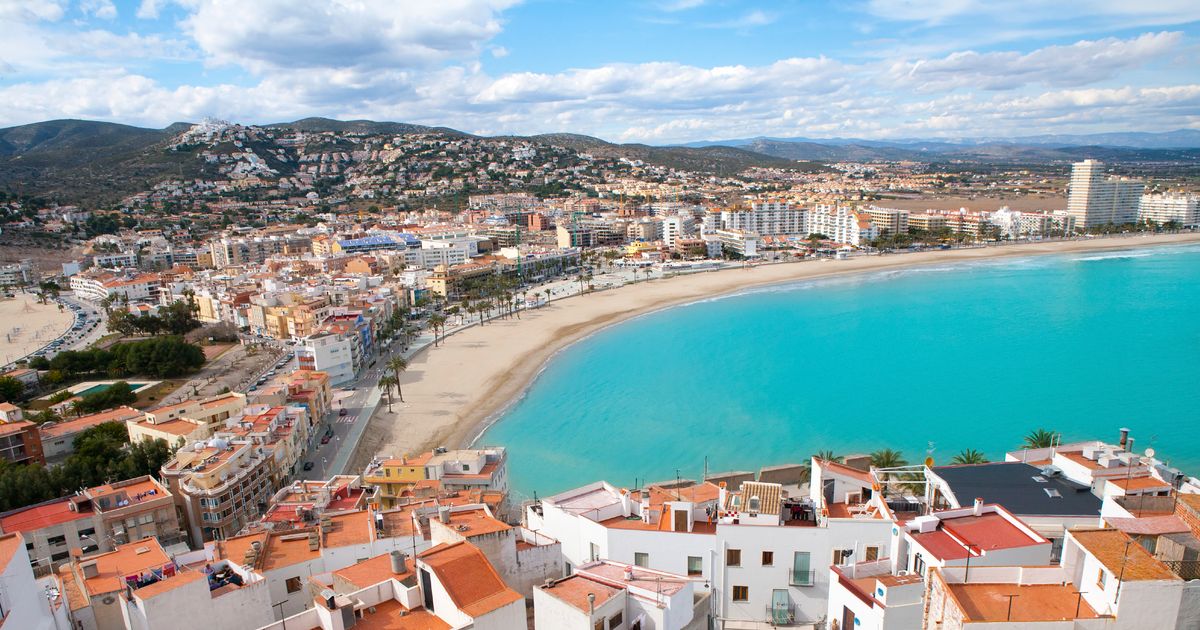
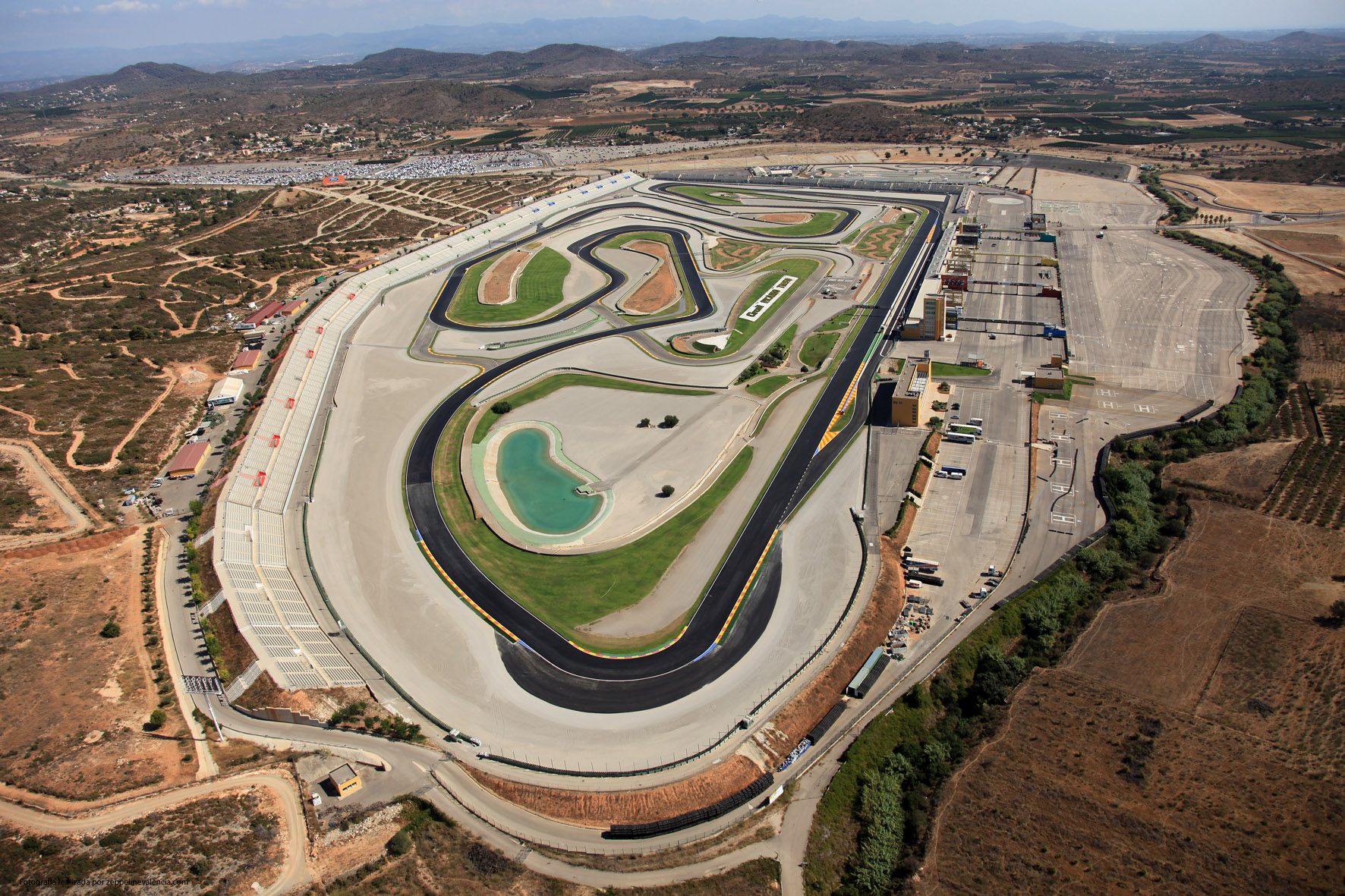

艺术科学城(巴伦西亚语:Ciutat de les Arts i les Ciències、西班牙语:Ciudad de las Artes y las Ciencias)是西班牙巴伦西亚图里亚河(Turia)干河床上5个地区的总称。它是在巴伦西亚城市最重要的现代旅游目的地,和在西班牙最相关的现代旅游目的地之一。
艺术科学城是由巴伦西亚的设计师圣地亚哥·卡拉特拉瓦(Santiago Calatrava)所设计的,并且在1996年7月开始动工,与完成了的“城市”正式成立在1998年4月16日,以L'Hemisfèric天文馆开幕。旧河床变成了风景如画的下沉式公园。
Die Ciutat de les Arts i les Ciències (span. Ciudad de las Artes y las Ciencias, dt. Stadt der Künste und der Wissenschaften) ist ein kultureller und architektonischer Gebäude- und Parkkomplex in Valencia, Spanien. Das moderne Wahrzeichen der Stadt liegt im trockengelegten Flussbett des Turia.
芸術科学都市(バレンシア語:Ciutat de les Arts i les Ciències、スペイン語:Ciudad de las Artes y las Ciencias)は、スペインのバレンシアにある科学教育と芸術のための施設の複合体。1957年に大洪水を起こしたため付け替えられ1980年に公園となったトゥリア川の旧い川床に、5つの印象的な現代建築群が連なっている。
設計者はバレンシア生まれの建築家・構造技術者サンティアゴ・カラトラバ。1996年7月に建設が始まり、1998年4月16日にプラネタリウム・IMAXシアターの「レミスフェリック」(L'Hemisfèric)が開館した。2005年10月9日にソフィア王妃芸術宮殿(El Palau de les Arts Reina Sofía)が一般に公開されすべての施設が完成したが、ソフィア王妃芸術宮殿の公演開始は2006年秋にずれ込んでいる。
芸術科学都市は次の施設から成り立っている(カッコ内はバレンシア語名称)。バレンシア州が造ったこれらの施設はいずれもヨーロッパ最大級の規模を誇り、多くの観光客を集めている。
The City of Arts and Sciences (Valencian: Ciutat de les Arts i les Ciències [siwˈtad de les ˈaɾts i les siˈɛnsi.es]; Spanish: Ciudad de las Artes y las Ciencias [θjuˈðað de las ˈartes i las ˈθjenθjas]) is a cultural and architectural complex in the city of Valencia, Spain. It is the most important modern tourist destination in the city of Valencia and one of the 12 Treasures of Spain.
The City of Arts and Sciences is situated at the southeast end of the former riverbed of the river Turia, which was drained and rerouted after a catastrophic flood in 1957. The old riverbed was turned into a picturesque sunken park.
Designed by Santiago Calatrava and Félix Candela, the project began the first stages of construction in July 1996, and was inaugurated on 16 April 1998 with the opening of L'Hemisfèric. The last major component of the City of Arts and Sciences, Palau de les Arts Reina Sofía, was inaugurated on 9 October 2005, Valencian Community Day. The most recent building in the complex, L'Àgora, was opened in 2009.[1]
Originally budgeted at €300 million in 1991 for three structures, it has expanded about three times the initial expected cost.[2]
La Cité des arts et des sciences (Ciutat de les Arts i les Ciències en valencien, Ciudad de las Artes y las Ciencias en castillan) est un complexe culturel situé à Valence (Espagne). C'est une entreprise publique appartenant à la Généralité valencienne.
Le complexe, dessiné par l'architecte et ingénieur Santiago Calatrava, ainsi que par Félix Candela, fut inauguré le avec l'ouverture de l’Hemisfèric. Le palais des Arts Reine Sofía, fut présenté le , jour de la Communauté valencienne. Le pont de l’Assut de l'Or a été inauguré le . Le dernier élément de la Cité des arts et des sciences, l’Ágora, a été inauguré en novembre 2009.
Après la grande inondation de Valence de 1957, le lit de la rivière Turia traversant Valence a été dévié. Depuis les années 1980, la partie correspondant au centre-ville avait été transformée en jardins et lieux de promenade pour les citadins. L'embouchure de cet ancien lit offre le site de construction contemporain de la cité des sciences. Le complexe s'étend sur une surface de 350 000 m2.
Dans le film À la poursuite de demain, elle sert de décor pour une des scènes se passant dans le monde de Tomorrowland. Ce décor résolument futuriste est également utilisé dans la série de science-fiction Westworld (saison 3), censée se dérouler en 2052.
La Città delle Arti e delle Scienze sorge a Valencia, in Spagna, sul vecchio letto, ora spostato, del fiume Turia e copre una superficie di 350.000 m².
Progettato dagli architetti Santiago Calatrava e Félix Candela, ed iniziato nel luglio 1996, è un esempio di architettura organica, che grazie a qualità costruttive d'avanguardia riesce ad armonizzare gli elementi con i contenuti, lasciando però trasparire la tradizione mediterranea del mare e della luce attraverso un gioco di colori tra l'azzurro dei grandi stagni d'acqua a cielo aperto e il bianco del cemento.
La Ciudad de las Artes y las Ciencias (en valenciano y oficialmente Ciutat de les Arts i les Ciències) es un complejo arquitectónico, cultural y de entretenimiento de la ciudad de Valencia (España).12
El complejo fue diseñado por Santiago Calatrava y Félix Candela, junto con los ingenieros autores del diseño estructural de las cubiertas del L'Oceanografic Alberto Domingo y Carlos Lázaro.3 Fue inaugurado el 9 de junio de 1998 con la apertura de El Hemisférico. El último gran componente de la Ciudad es el Ágora, situado entre el puente de l'Assut de l'Or y l'Oceanogràfic.4
La Ciudad de las Artes y las Ciencias está situada al final del viejo cauce del río Turia (Jardín del Turia), cauce que se convirtió en jardín en los años 1980, tras el desvío del río por la gran riada de Valencia en 1957. En 2007, fue uno de los ganadores del concurso 12 Tesoros de España.5
Город искусств и наук (валенс. Ciutat de les Arts i les Ciències, исп. Ciudad de las Artes y las Ciencias) — архитектурный комплекс из пяти сооружений на осушенном дне реки Турия в городе Валенсия (Испания). Дизайн принадлежит валенсианскому архитектору Сантьяго Калатраве, работа над проектом началась в 1989 году. Комплекс является одним из выдающихся образцов современной архитектуры.

 Aragón
Aragón

 Cantabria
Cantabria

 Castilla y León
Castilla y León

 Cataluña
Cataluña

 Comunidad Autónoma del País Vasco
Comunidad Autónoma del País Vasco

 Foral Community of Navarra
Foral Community of Navarra

 Valencian Community
Valencian Community

 La Rioja
La Rioja
 Spain
Spain

 Carlos Alberto Parreira
Carlos Alberto Parreira

 Valencian Community
Valencian Community
 Luis Aragonés
Luis Aragonés
 Primera División
Primera División
 Primera División 2015/16
Primera División 2015/16
 Primera División 2016/17
Primera División 2016/17
 Primera División 2017/18
Primera División 2017/18
 Primera División 2018/19
Primera División 2018/19
 Rafael Benítez
Rafael Benítez
 Sven-Göran Eriksson
Sven-Göran Eriksson
 UEFA Champions League 2015/16
UEFA Champions League 2015/16
 UEFA Champions League 2018/19
UEFA Champions League 2018/19
 Group H
Group H
 UEFA Champions League 2019/20
UEFA Champions League 2019/20
 Group H
Group H
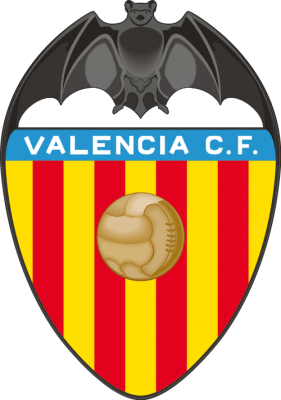
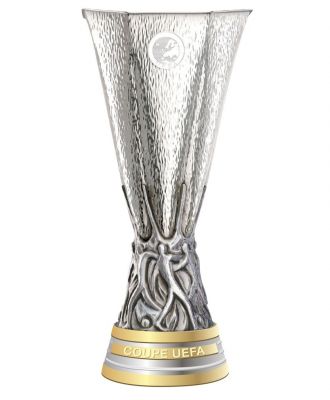
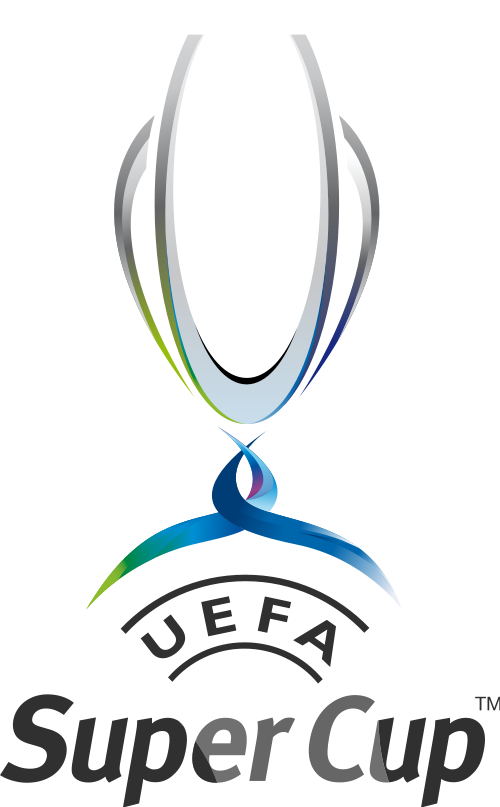


 Valencian Community
Valencian Community
 Primera División
Primera División
 Primera División 2015/16
Primera División 2015/16
 Primera División 2016/17
Primera División 2016/17
 Primera División 2017/18
Primera División 2017/18
 Primera División 2018/19
Primera División 2018/19
 UEFA Europa League 2017/18
UEFA Europa League 2017/18
 Group A
Group A
 UEFA Europa League 2018/19
UEFA Europa League 2018/19
 Group G
Group G
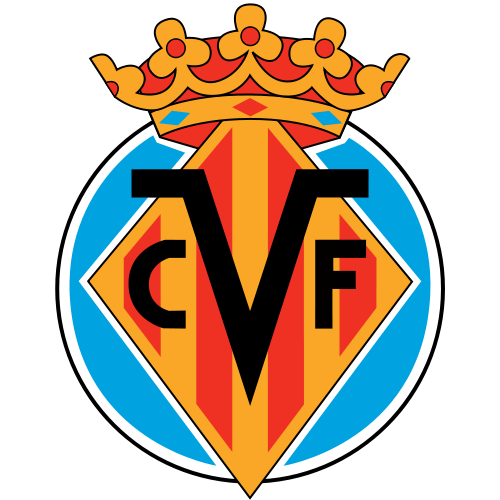
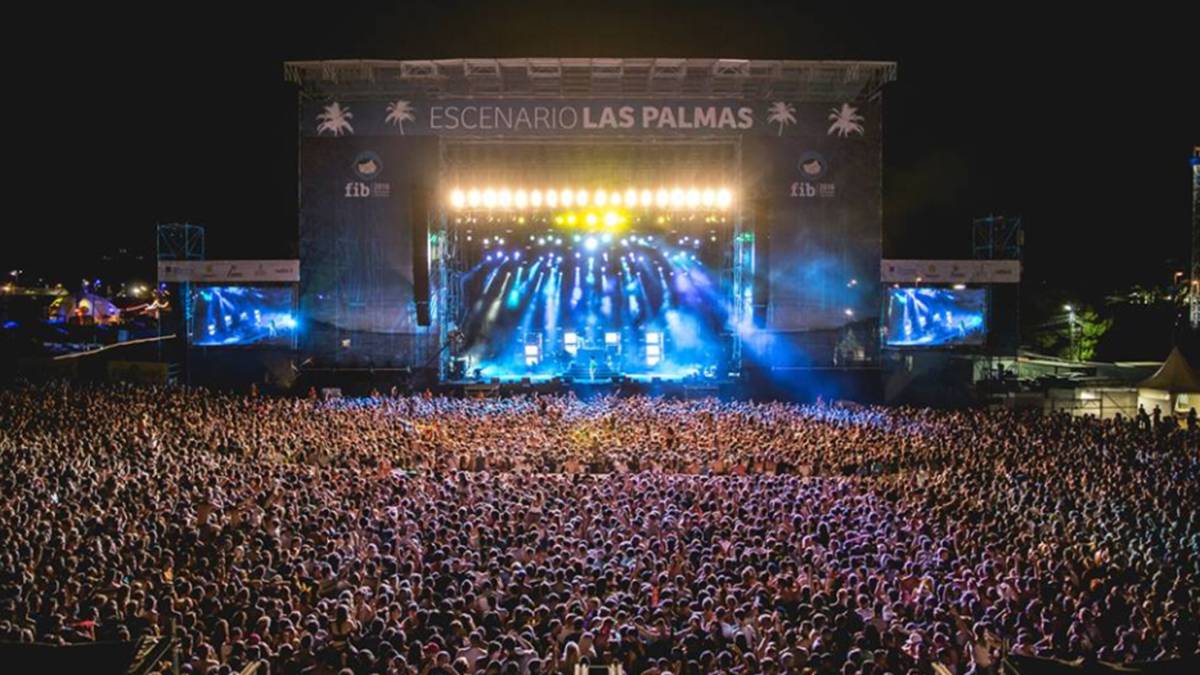
Das Festival Internacional de Benicàssim (FIB) ist eines der beliebtesten spanischen Musikfestivals, welches seit 1995 jährlich in der ca. 80 Kilometer nördlich von Valencia gelegenen Stadt Benicàssim stattfindet. Die enge Verknüpfung mit dem Hauptsponsor, der niederländischen Brauerei Heineken, sorgt für die offizielle Bezeichnung FIBHeineken, in Deutschland ist das Festival allerdings als Benicàssim-Festival bekannt.
Musikalisch orientiert sich das Line-Up größtenteils im Bereich der Indie- und Alternative-Szene, sowie im Genre der elektronischen Musik.
Die Dauer des Festivals beträgt inzwischen fünf Tage, wobei der erste Tag (Donnerstag) mit einem vergleichsweise eingeschränkten Programm aufwartet, und der letzte Tag (Montag) das Festival mit einer Strand-Party ausklingen lässt. Die Besucherzahl beträgt 35.000, das Areal des Festivals beträgt 90.000 Quadratmeter.
Die Konzerte und DJ-Sets finden auf einer großen Hauptbühne sowie zwei kleineren Zeltbühnen statt, die jeweils mit zwei bis drei Videowänden ausgestattet sind. Zusätzlich wird das Programm im Wechsel auf einer weiteren Videowand gezeigt, die innerhalb einer Ruhezone aufgestellt ist.
Neben dem Musikalischen Programm bietet das FIB auch Präsentationen verschiedener anderer Künste, wie Tanz, Theater, Kurzfilm oder Mode.
Der durch die geografische Lage Benicàssims gegebene Urlaubsfaktor des Festivals sorgt für ein internationales Publikum (größtenteils aus England, Frankreich und Deutschland), das schon einige Tage vor Festivalbeginn die Campingplätze besiedelt und das Stadtbild prägt. Im Jahr 2006 waren sämtliche Hotels im Umkreis von 60 Kilometern während dieser Zeit ausgebucht.
 International cities
International cities
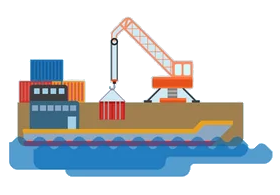 Important port
Important port
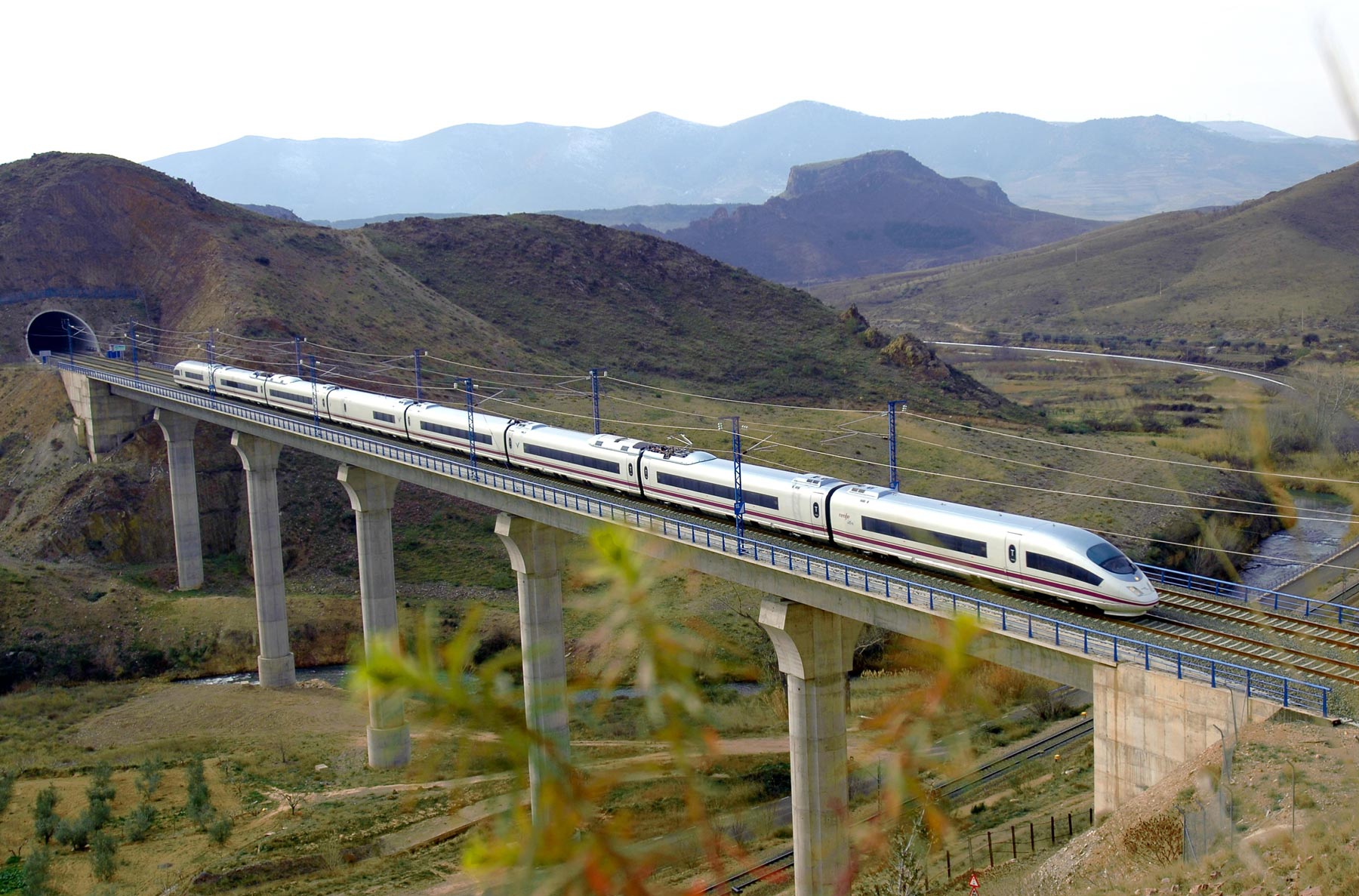
 European Union
European Union
 Financial
Financial
 Companies
Companies
 Motorsport
Motorsport
 Architecture
Architecture
 Geography
Geography
 Music
Music
 Performing Arts
Performing Arts